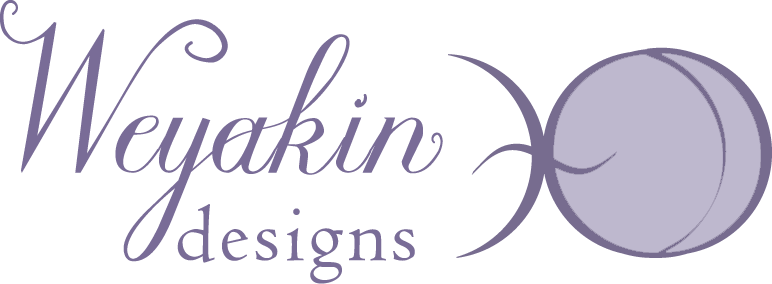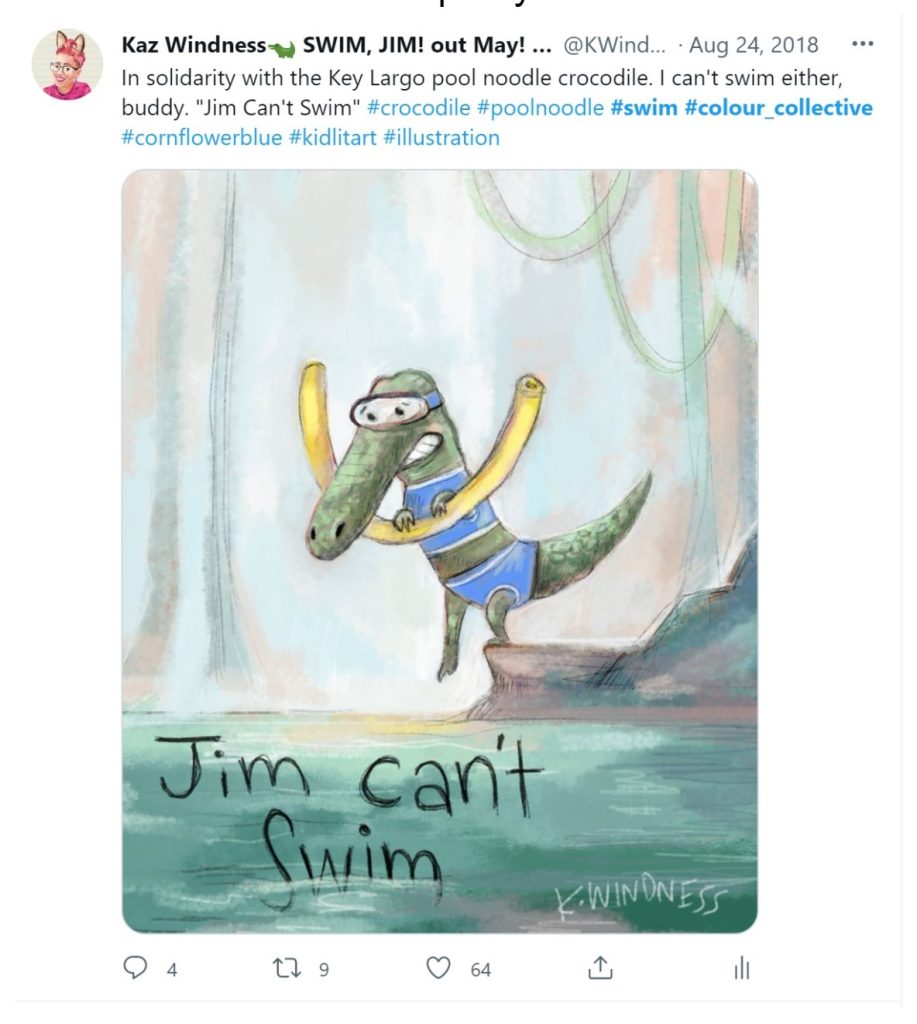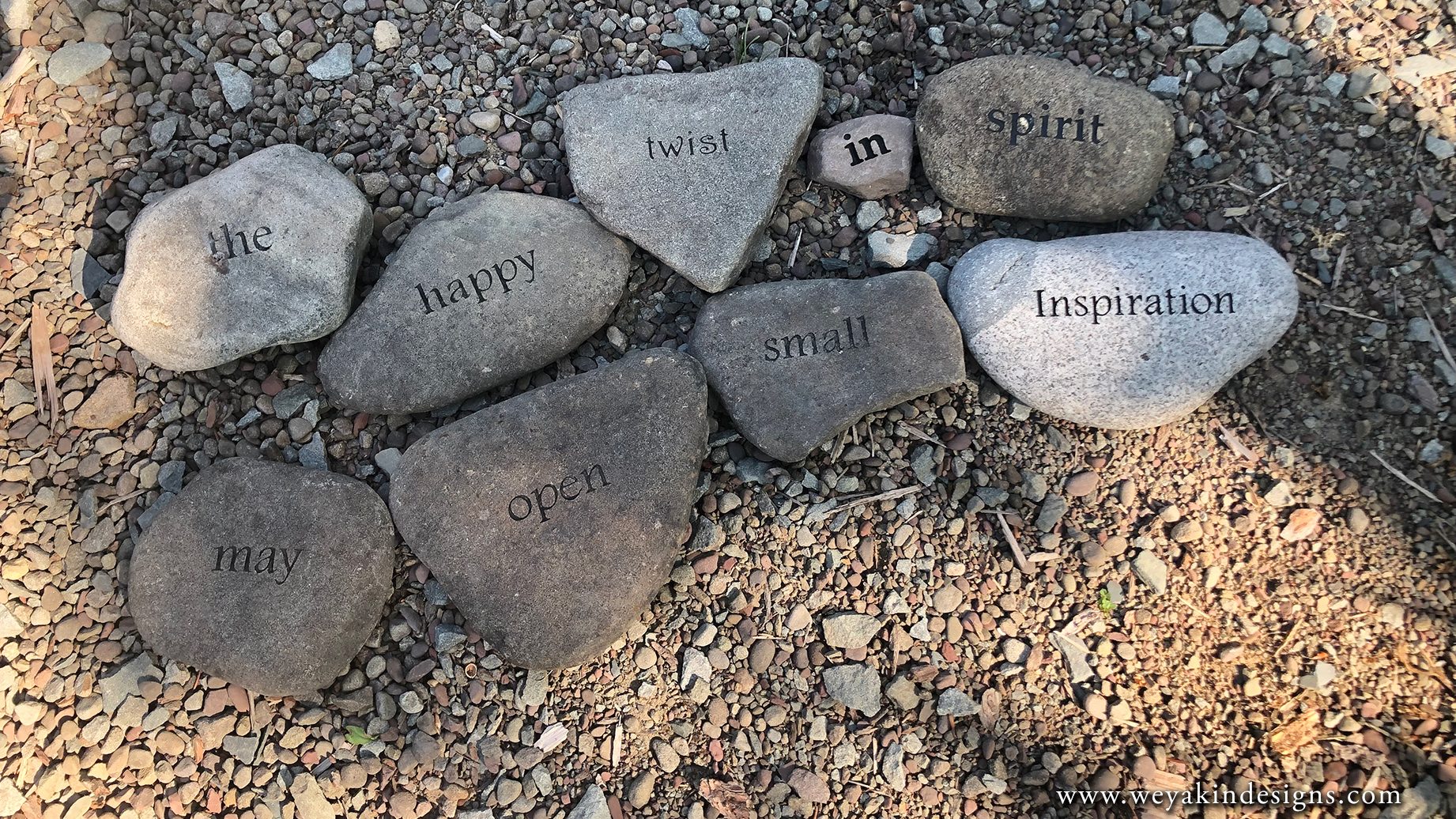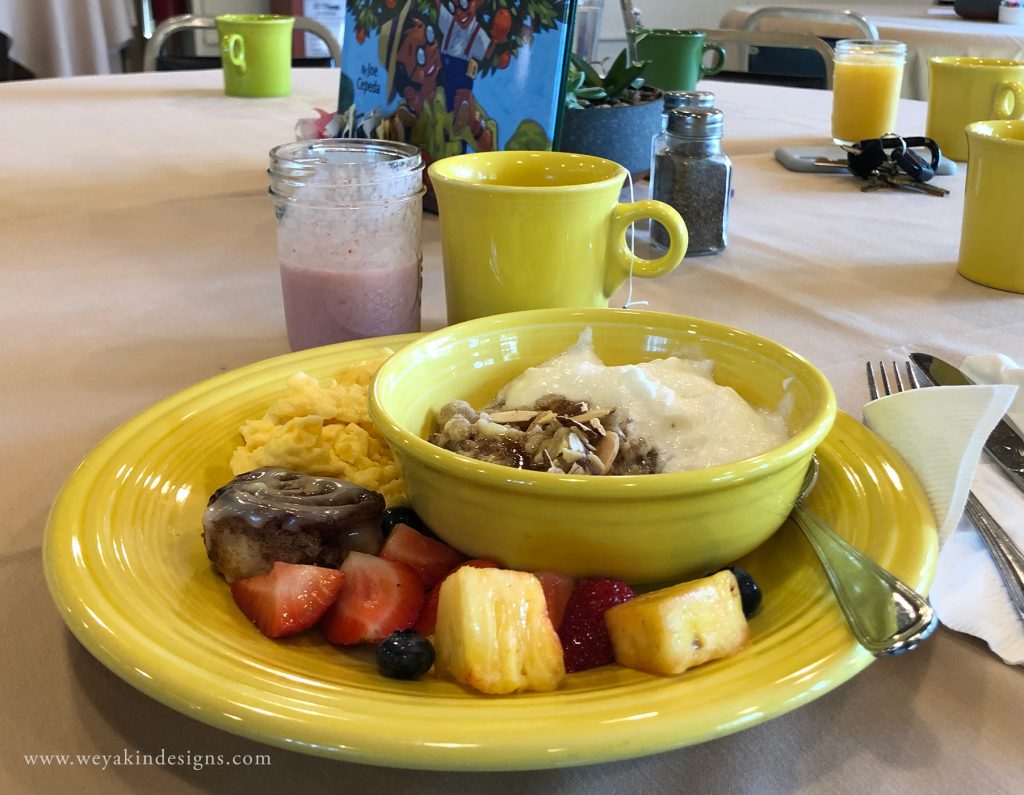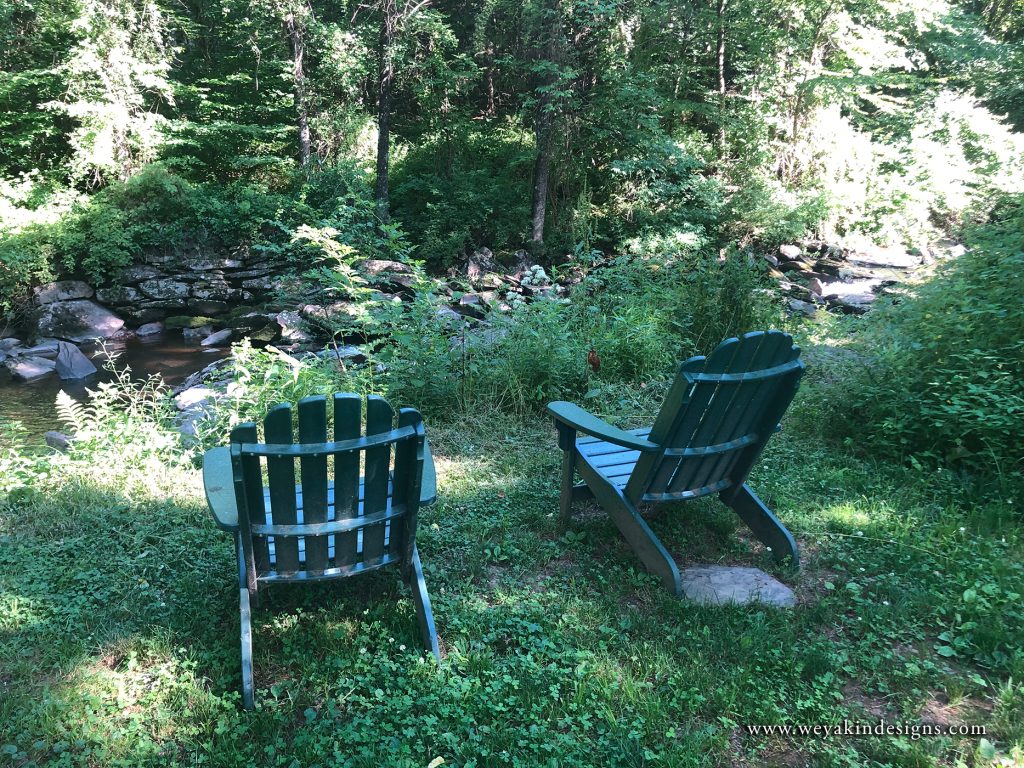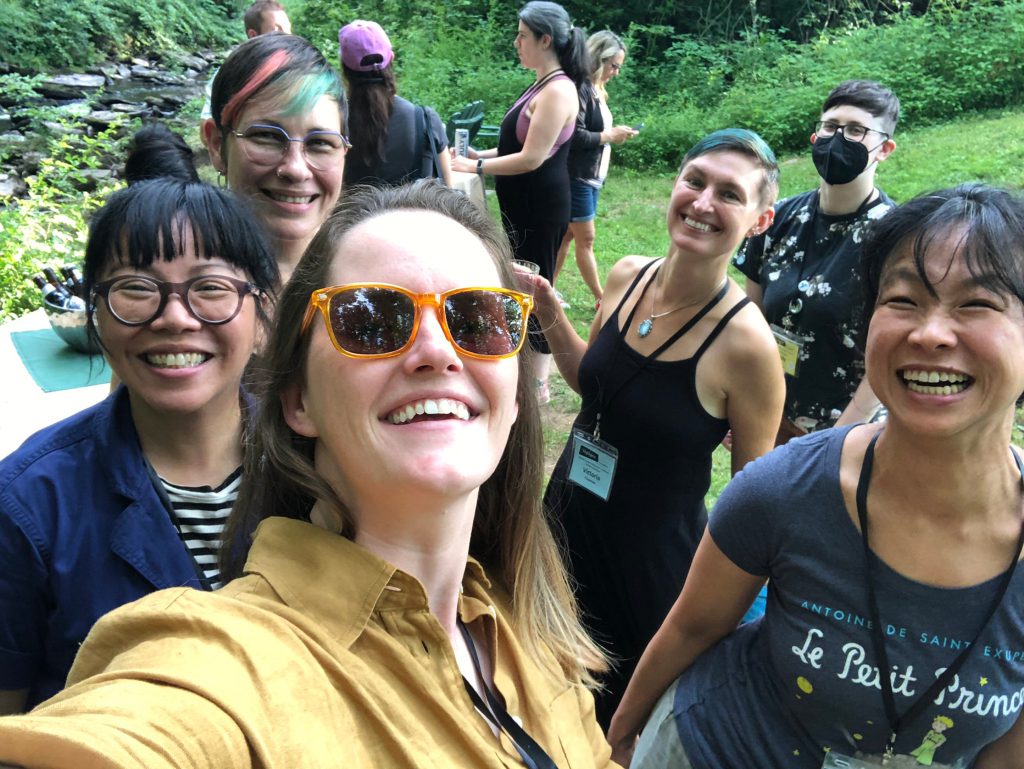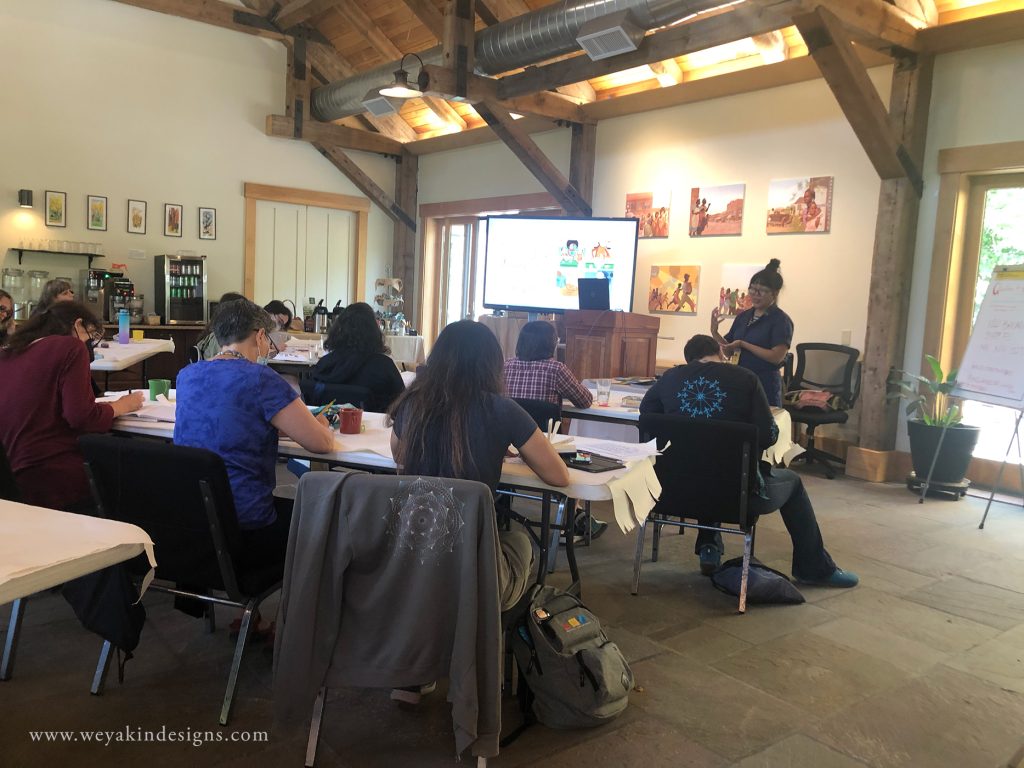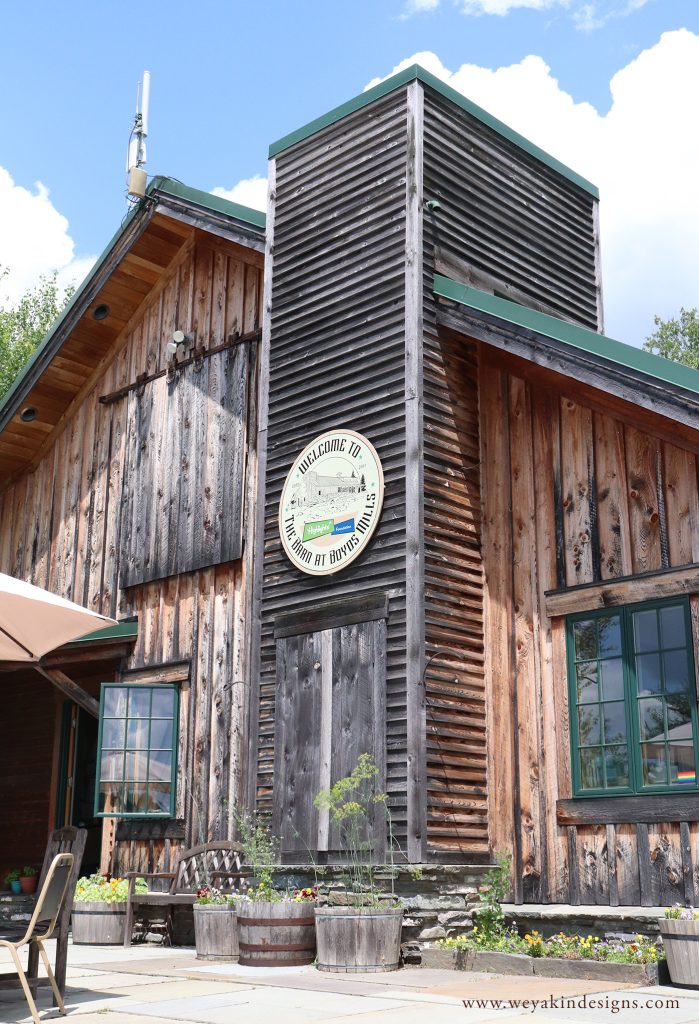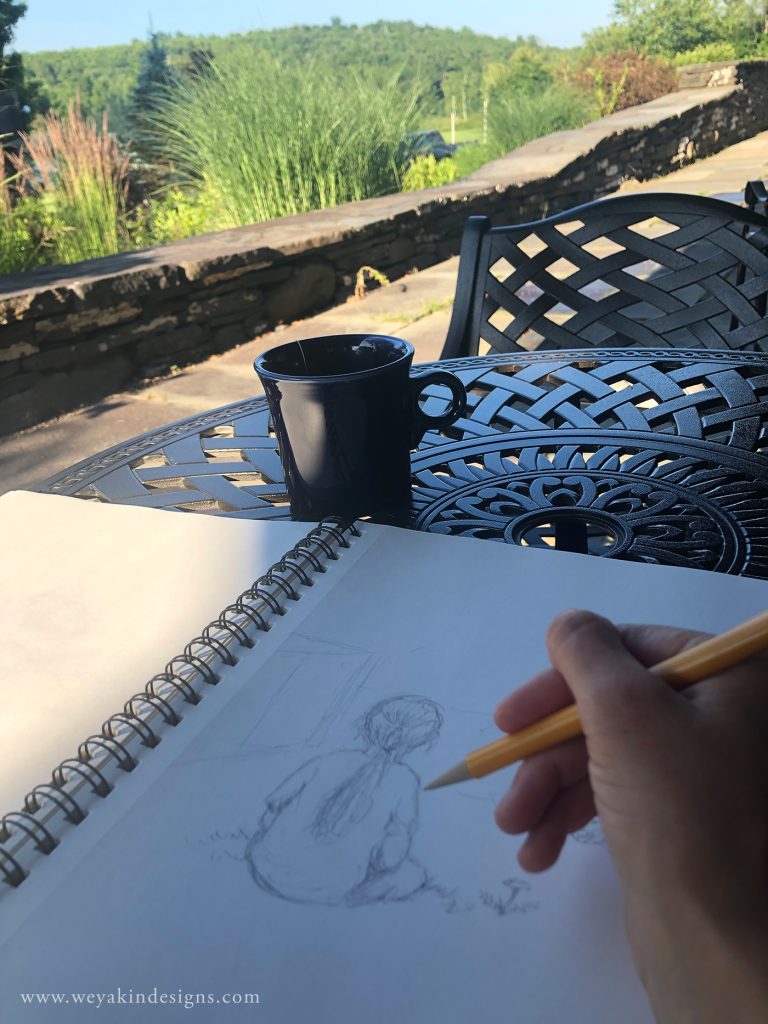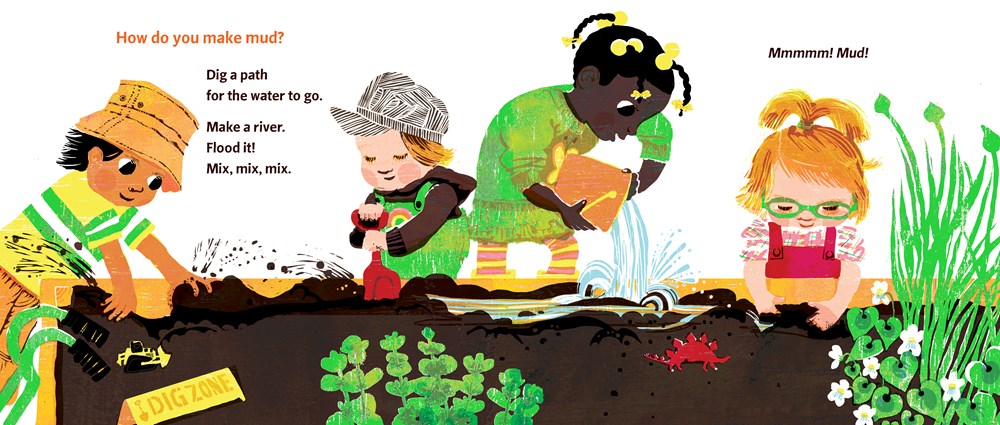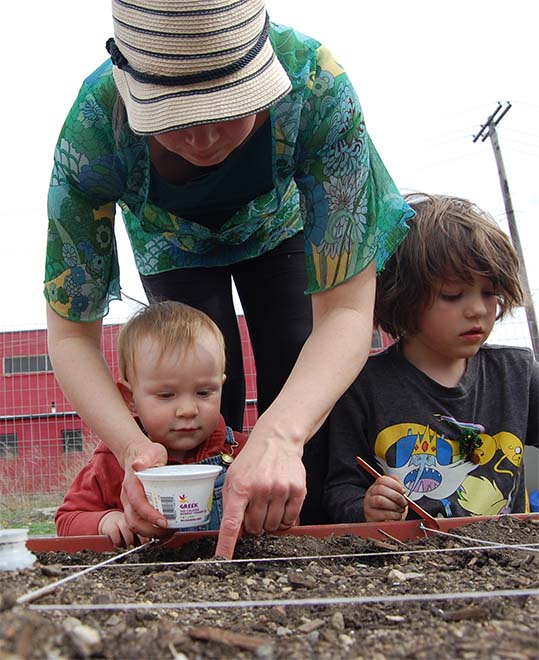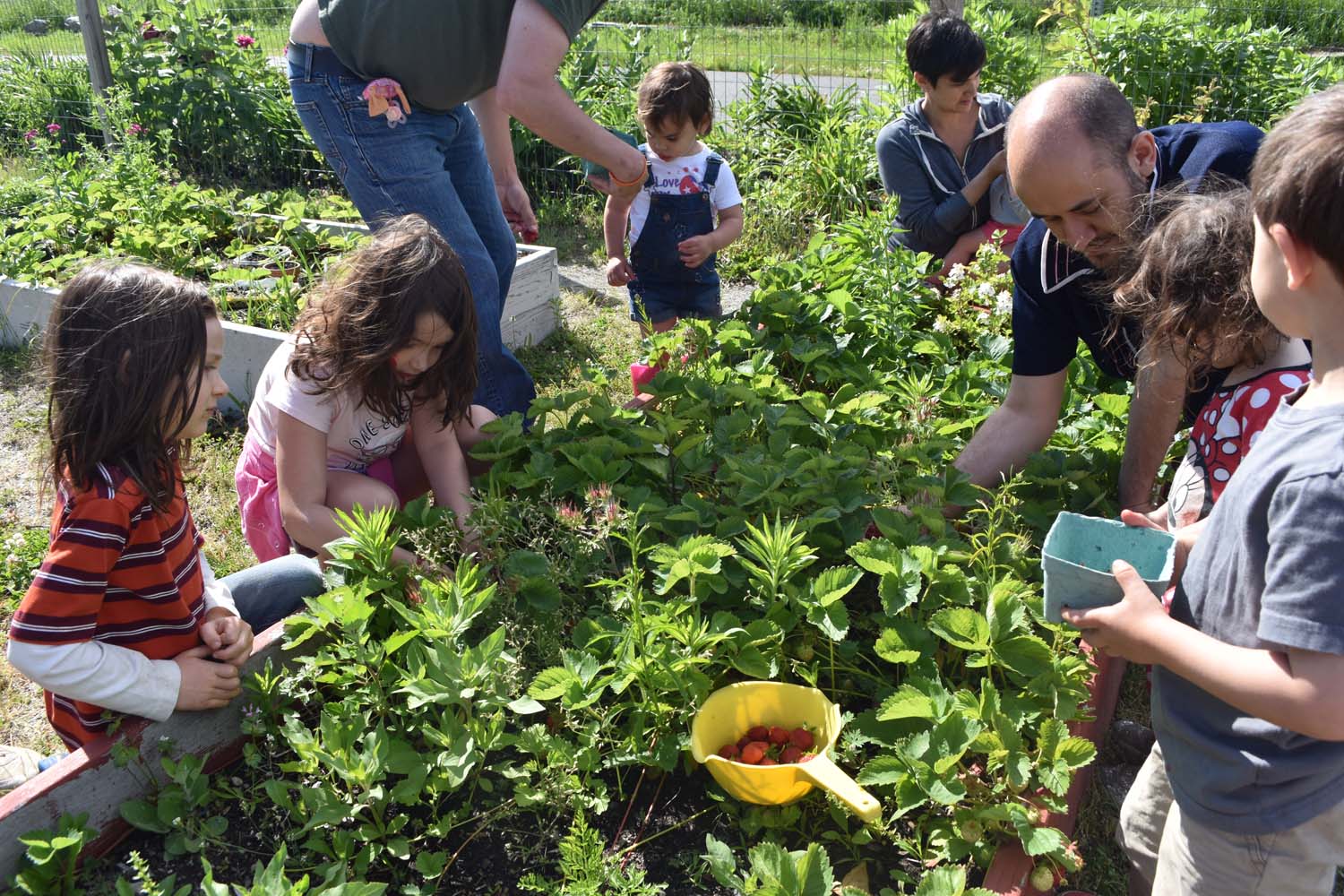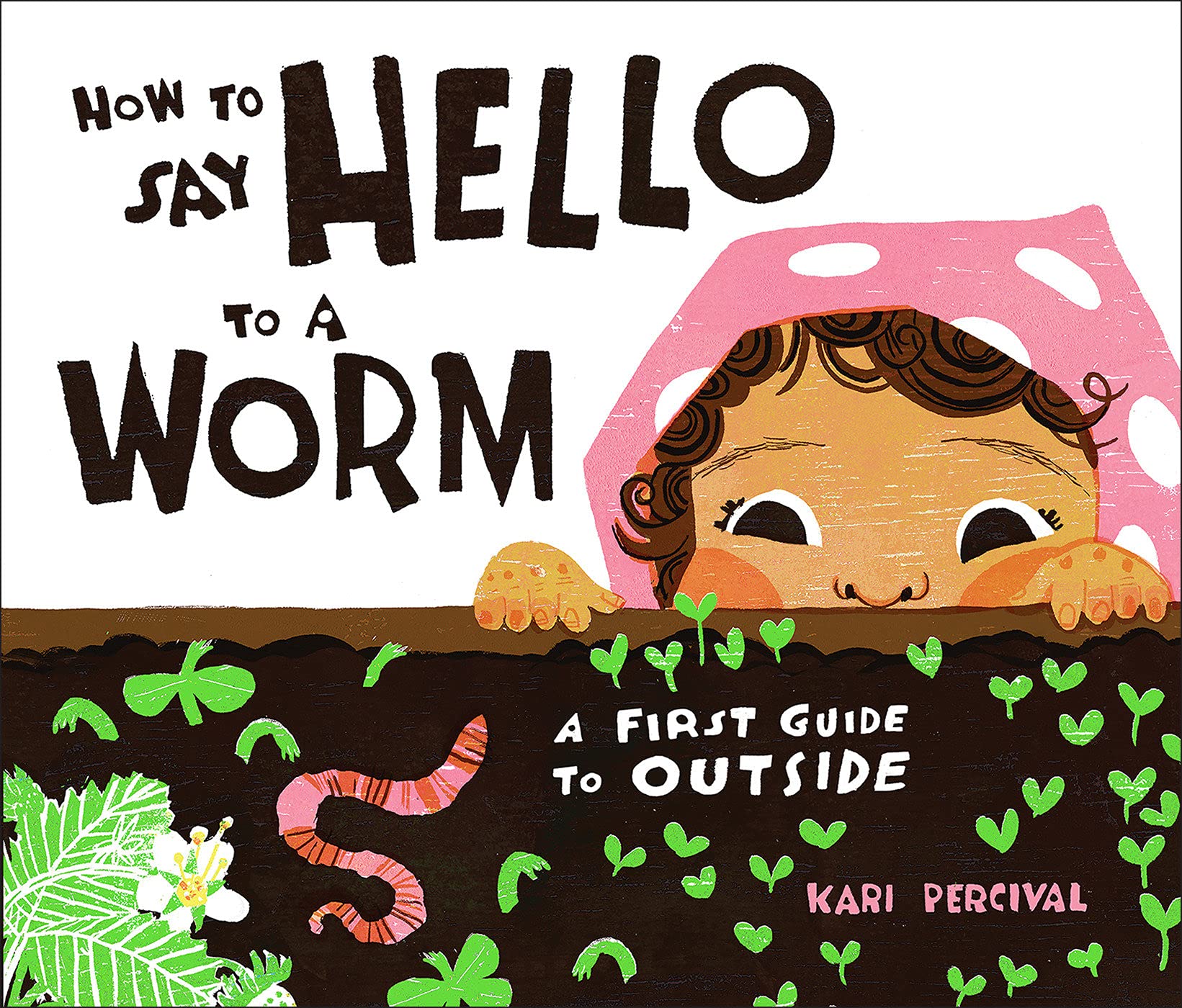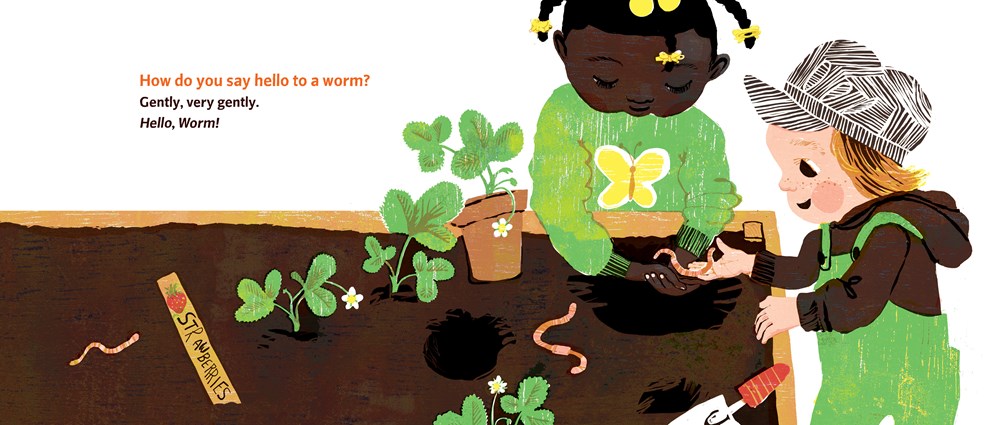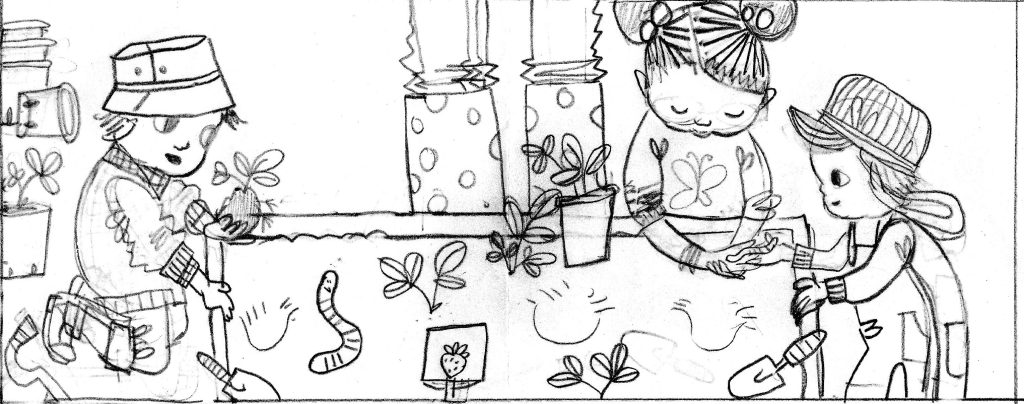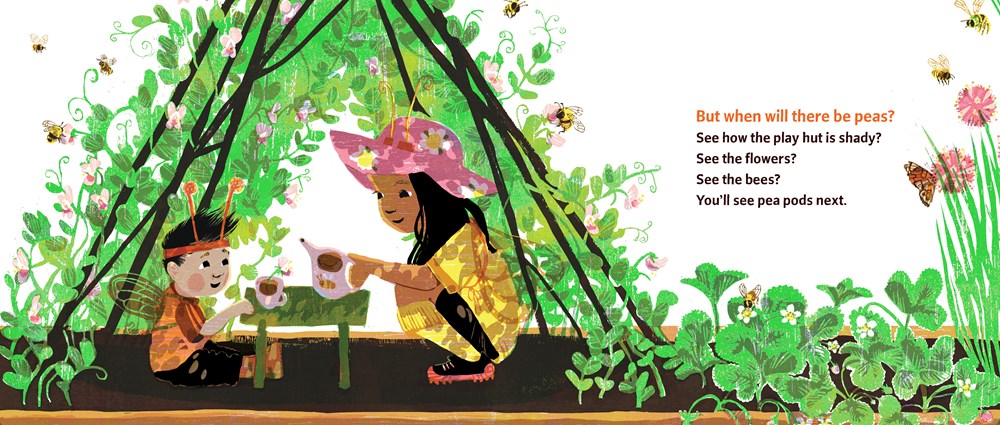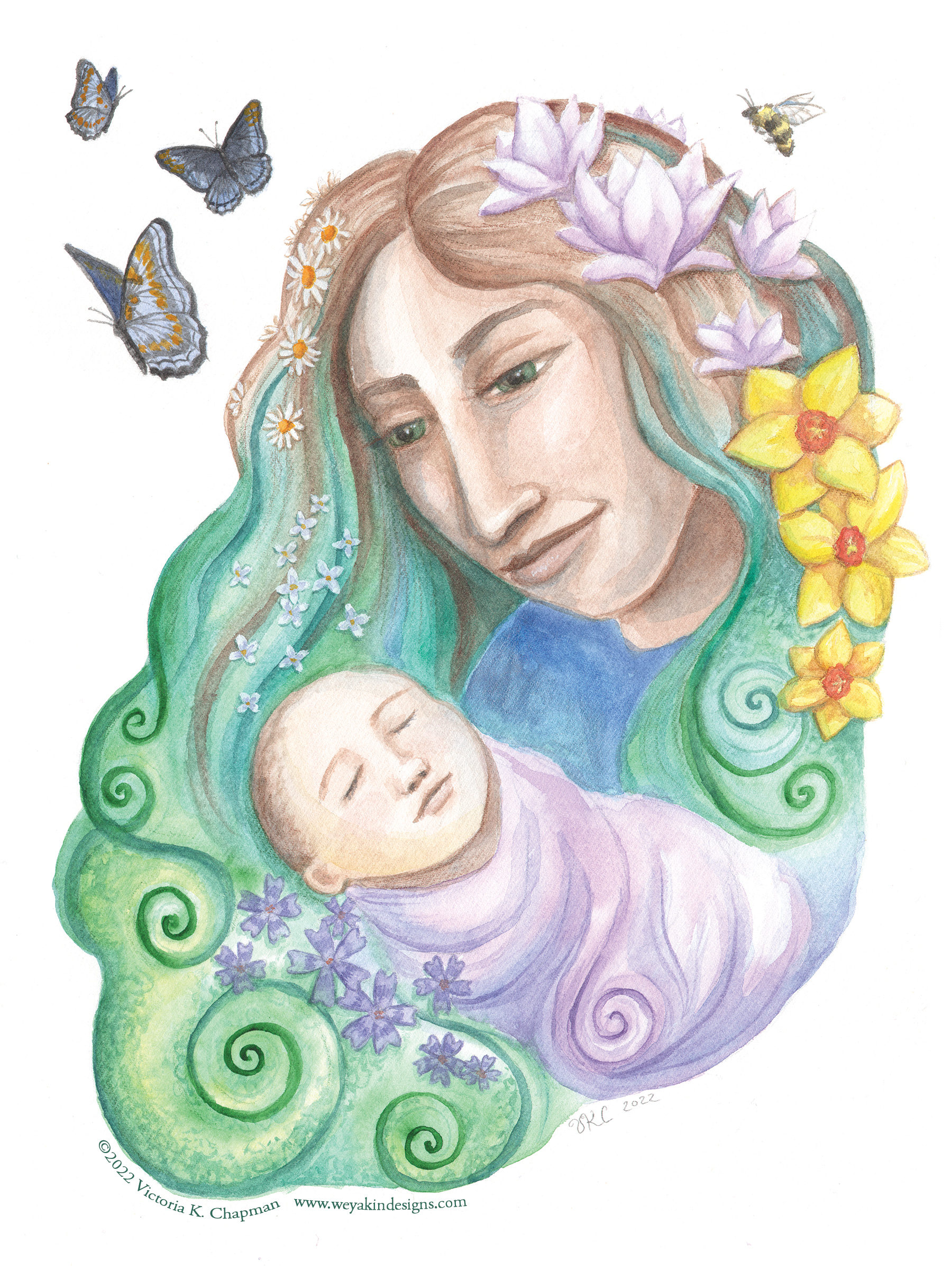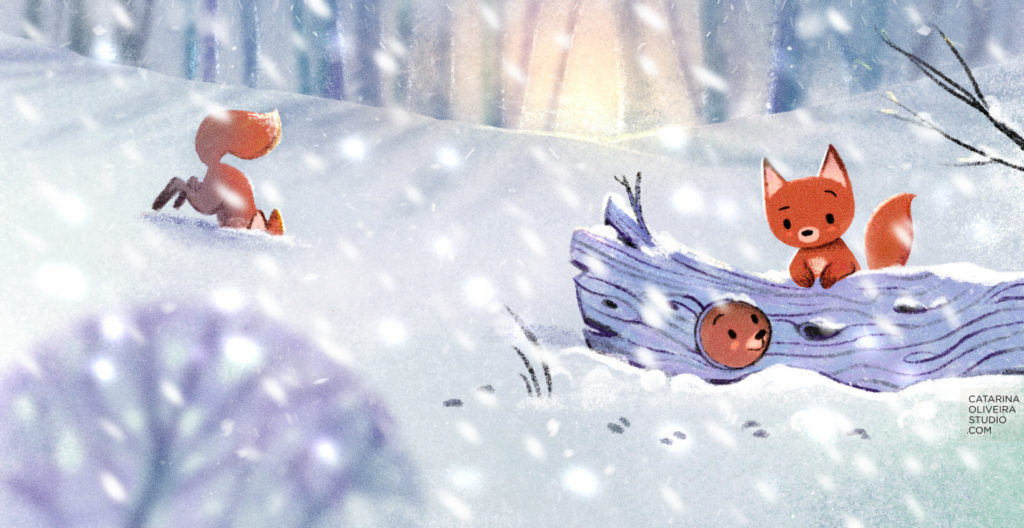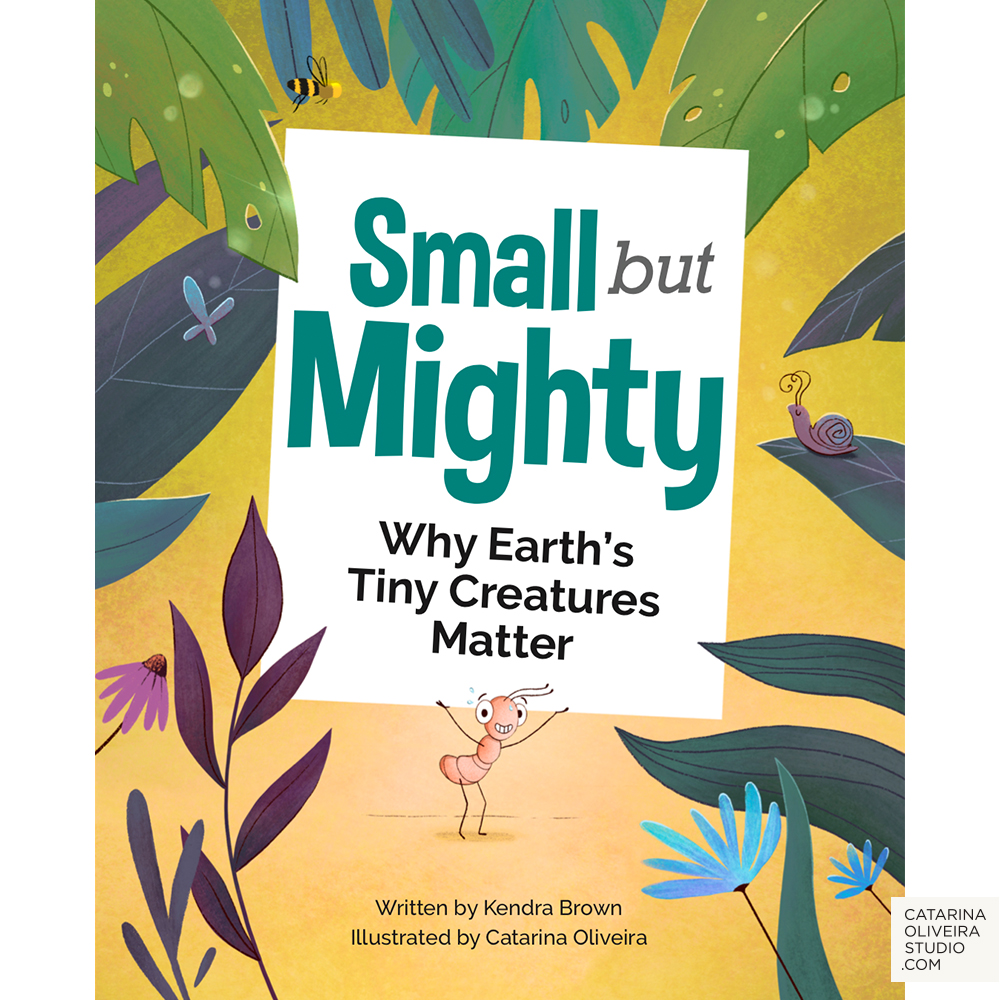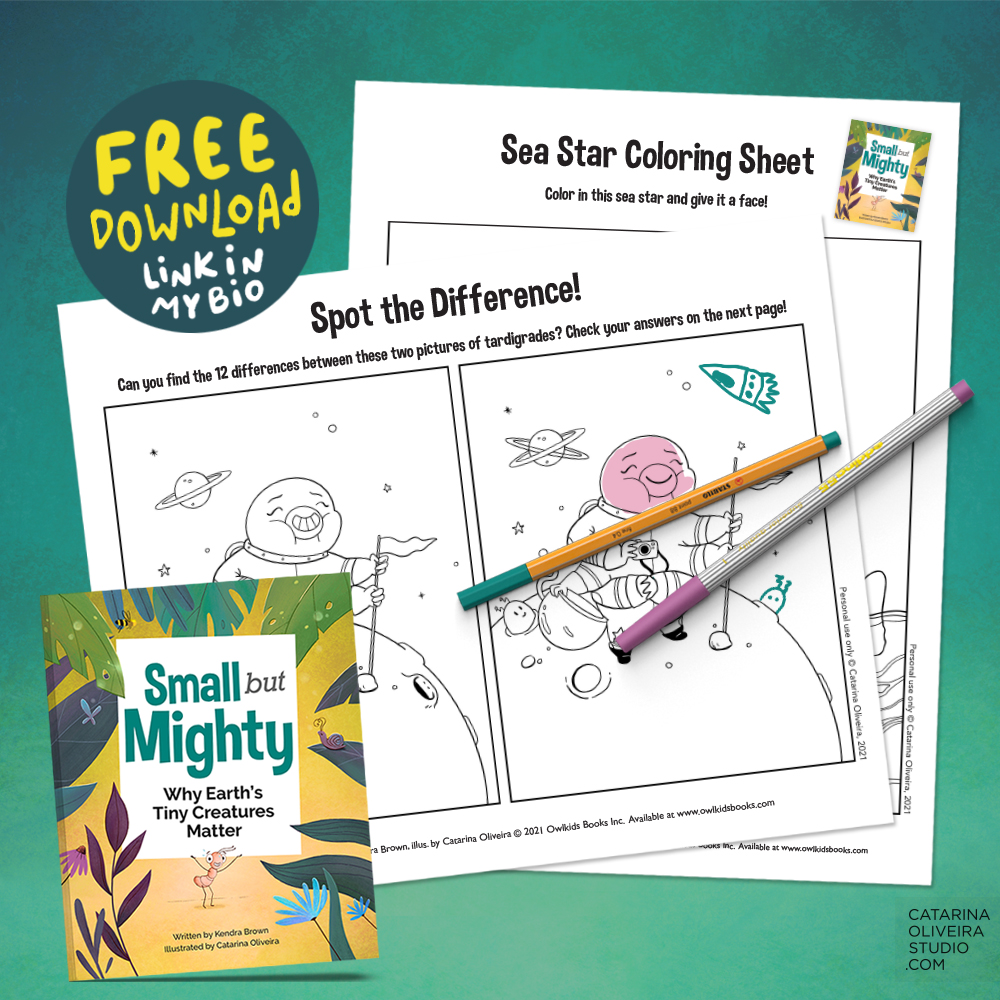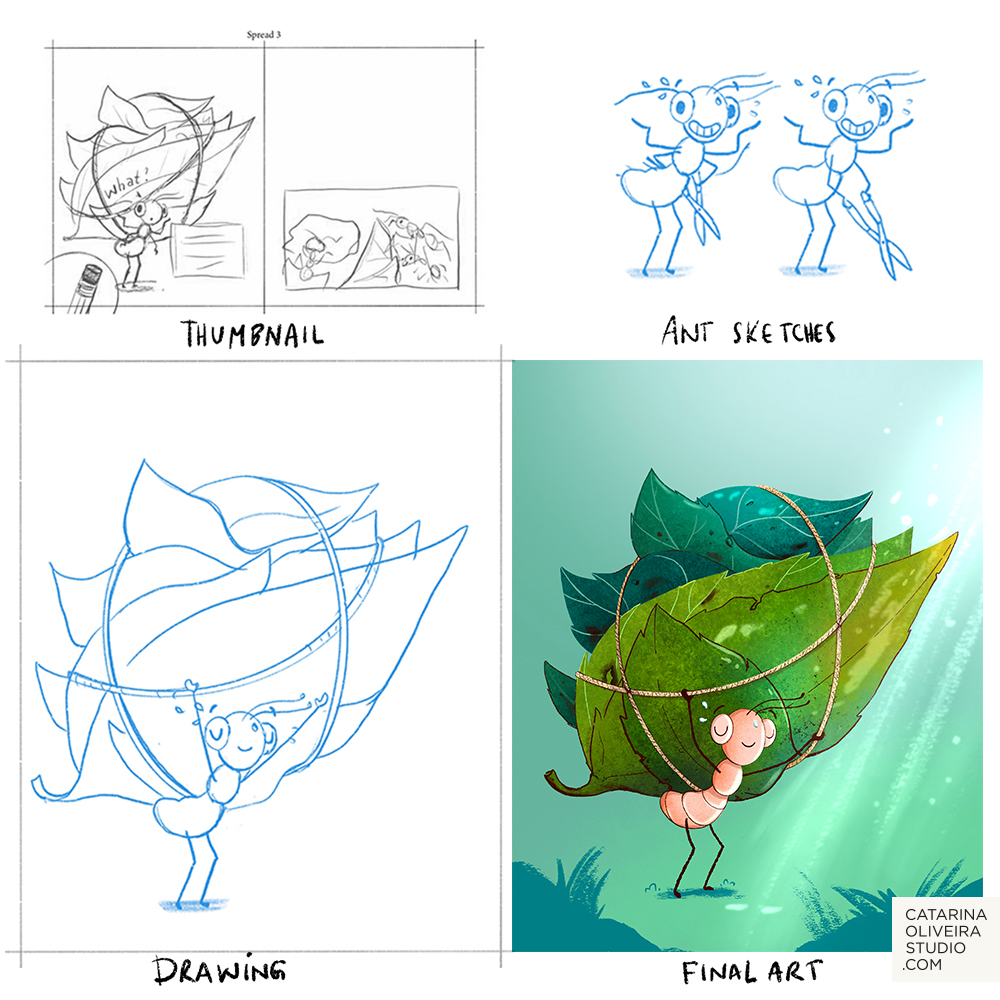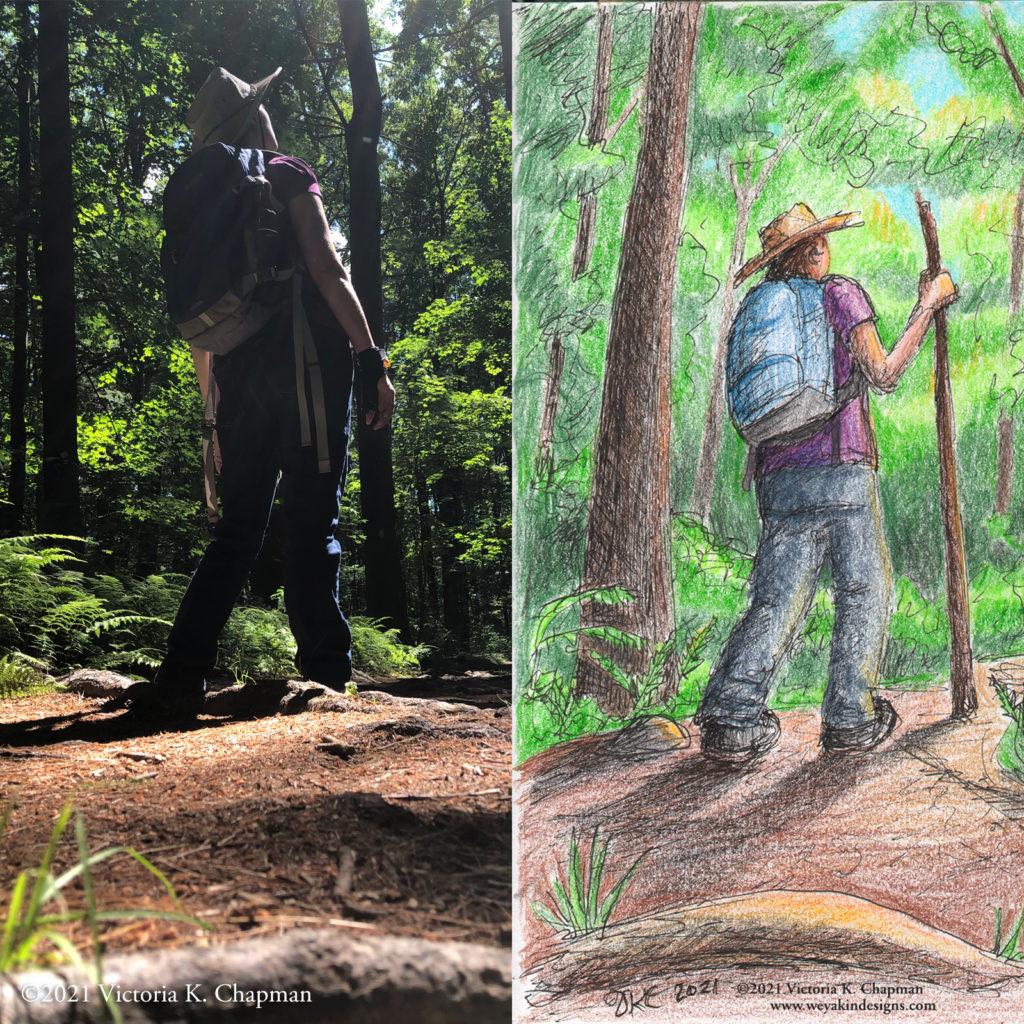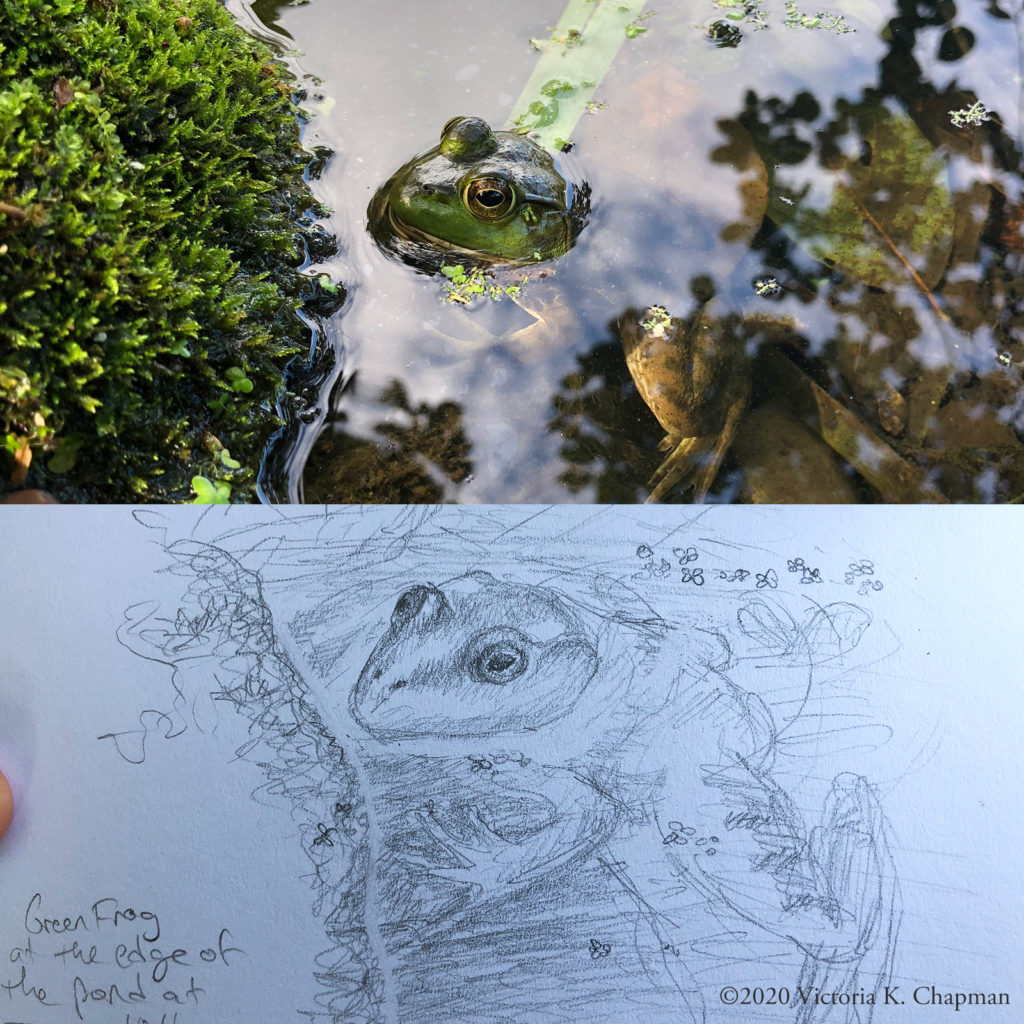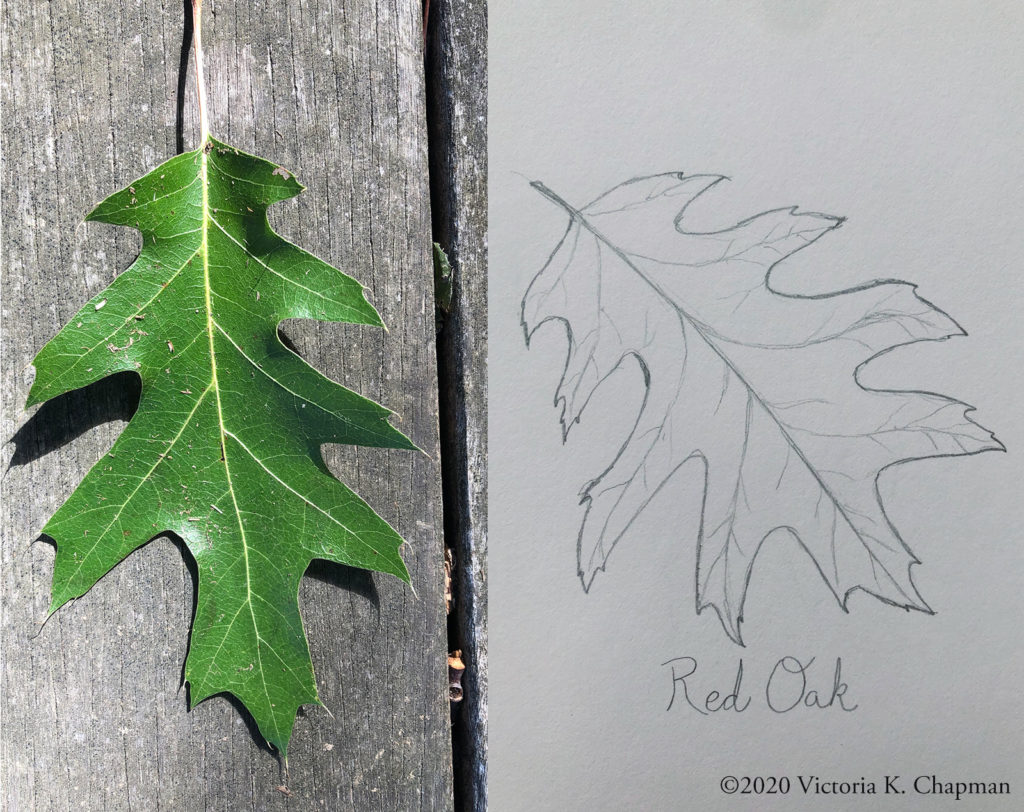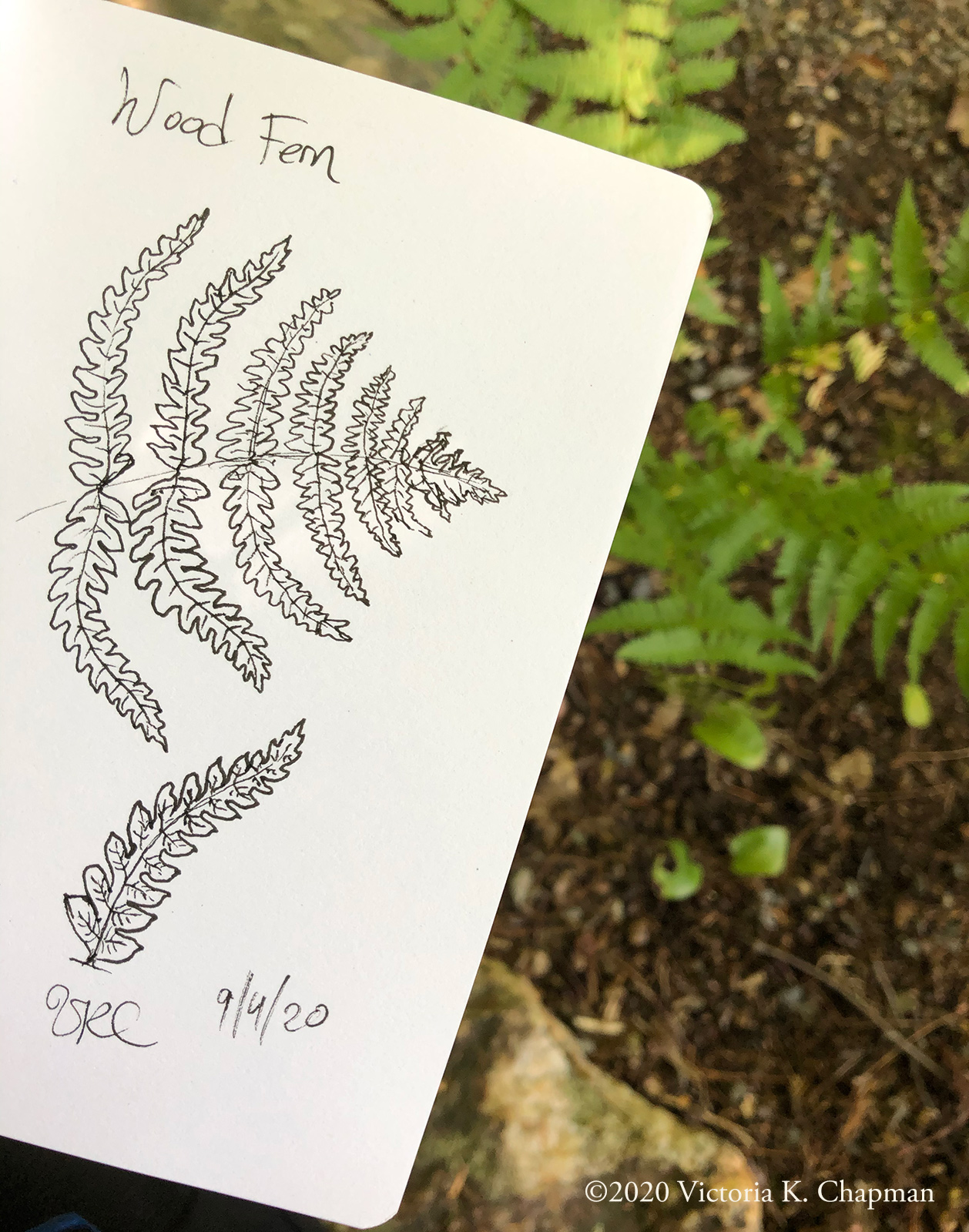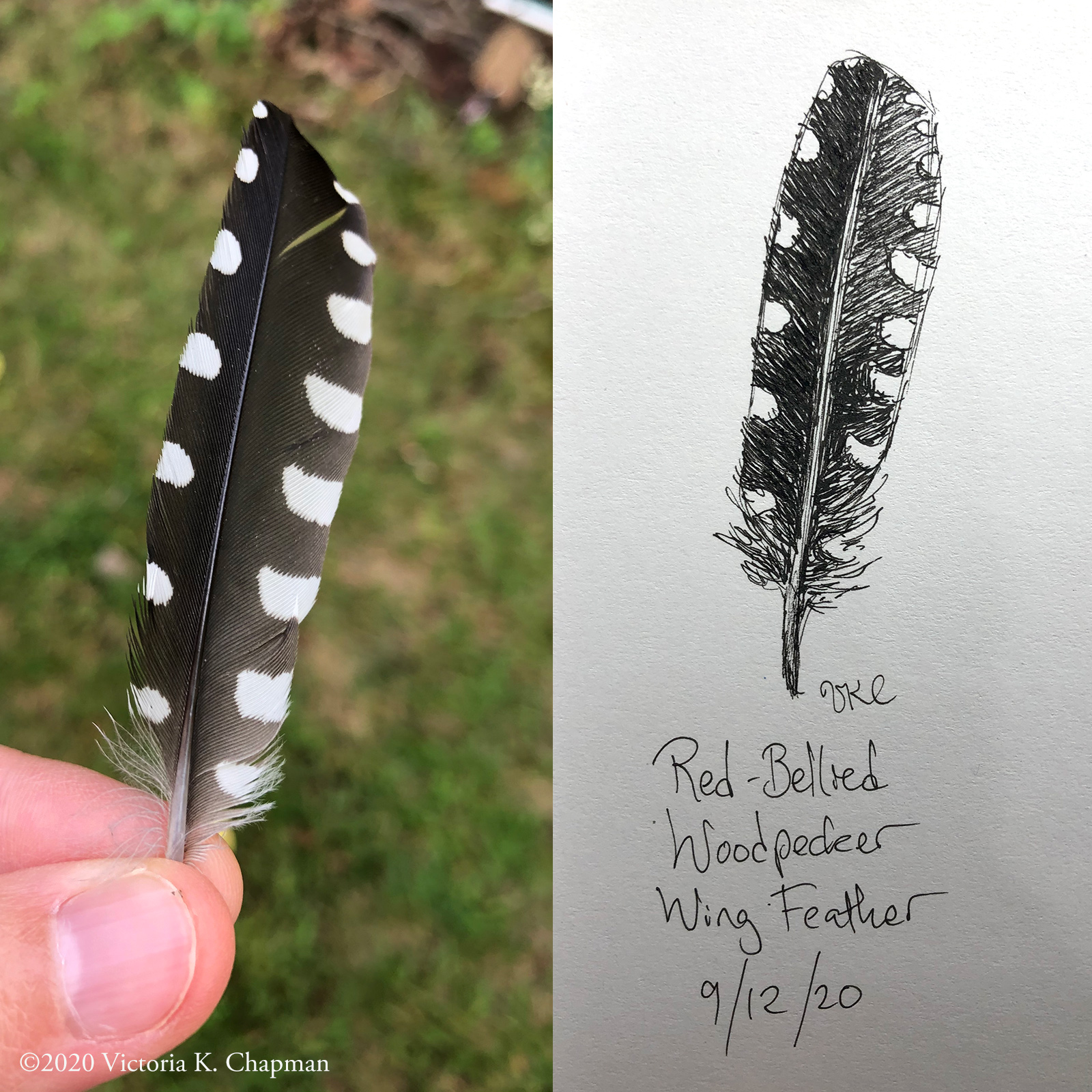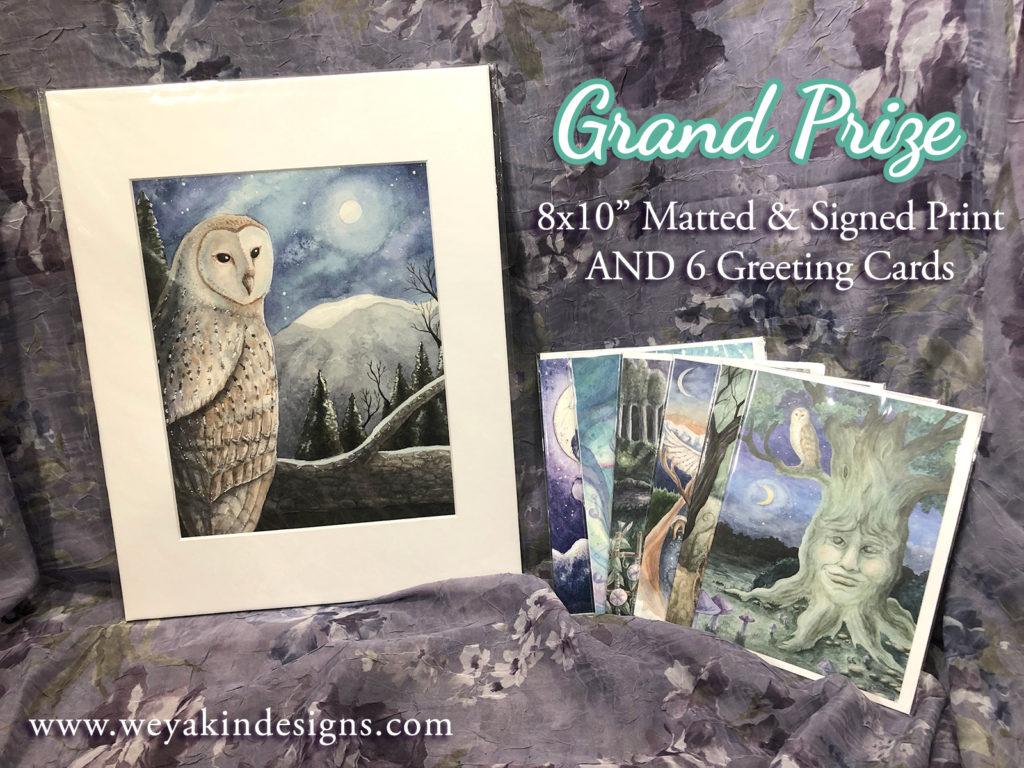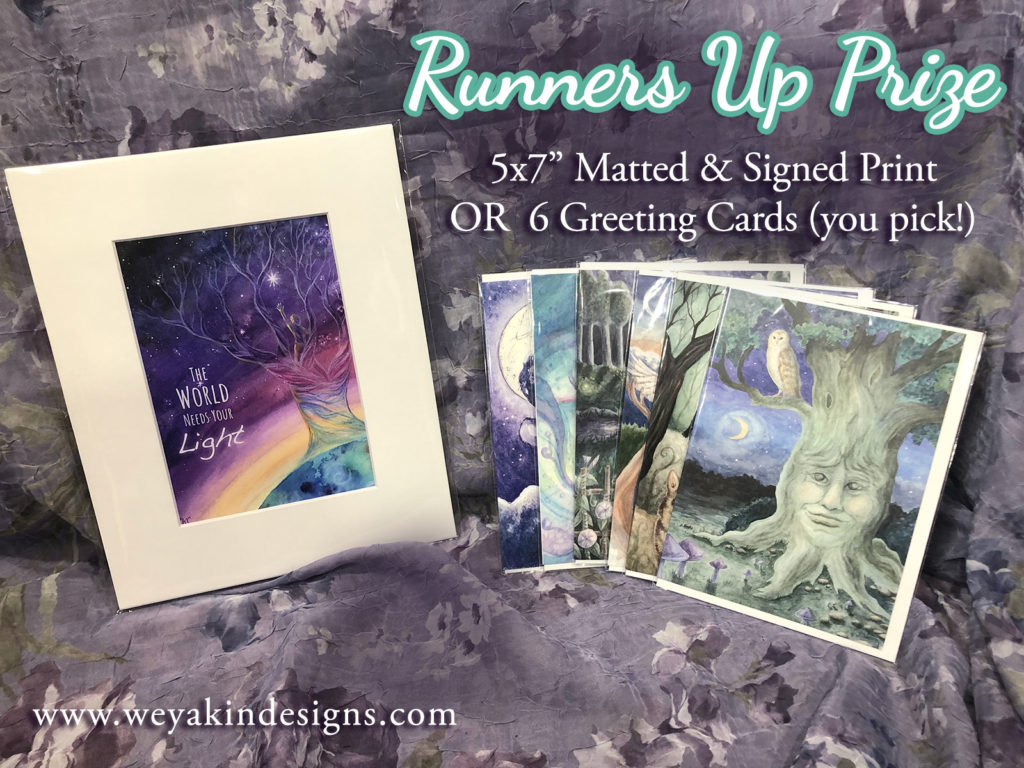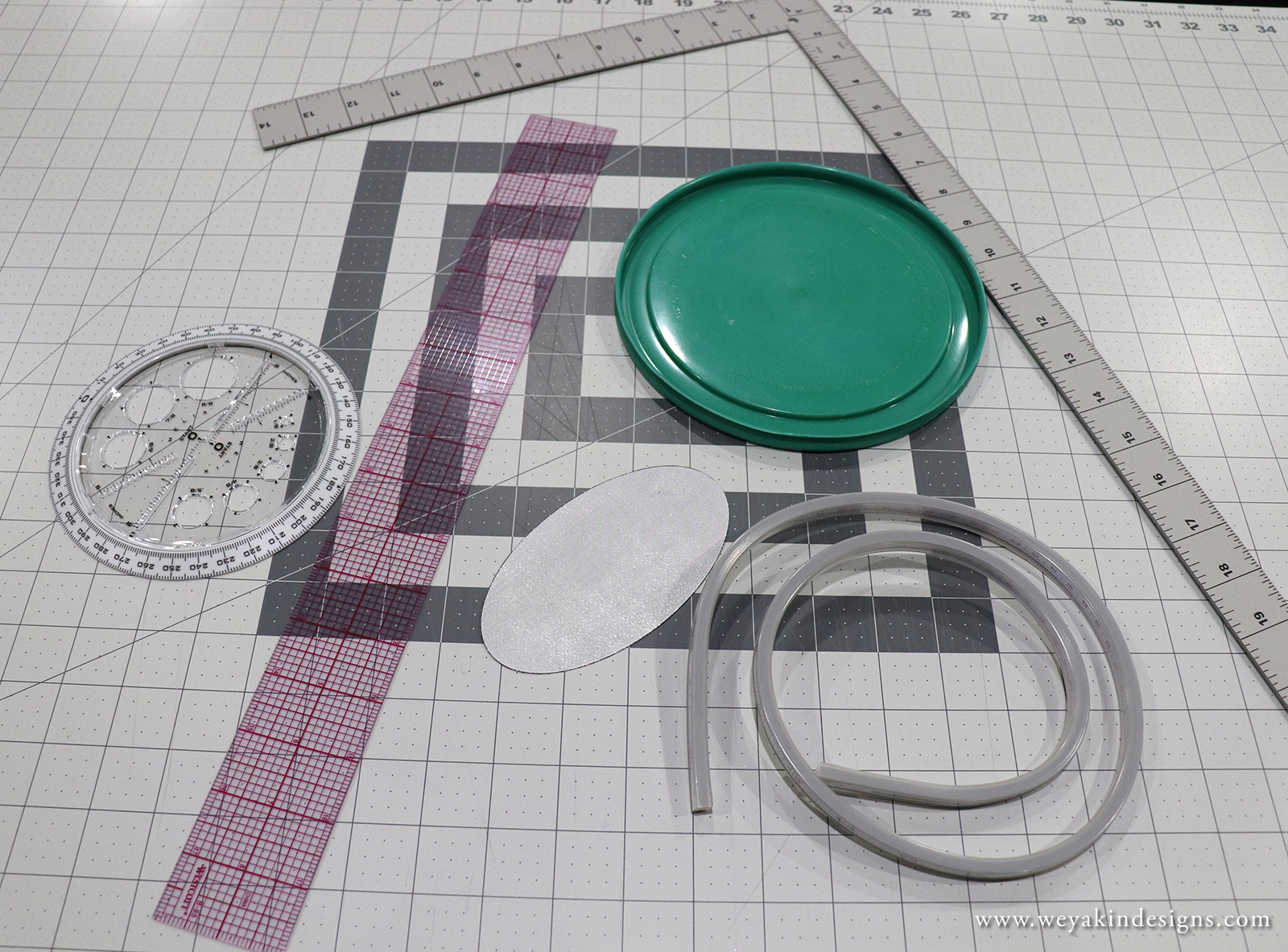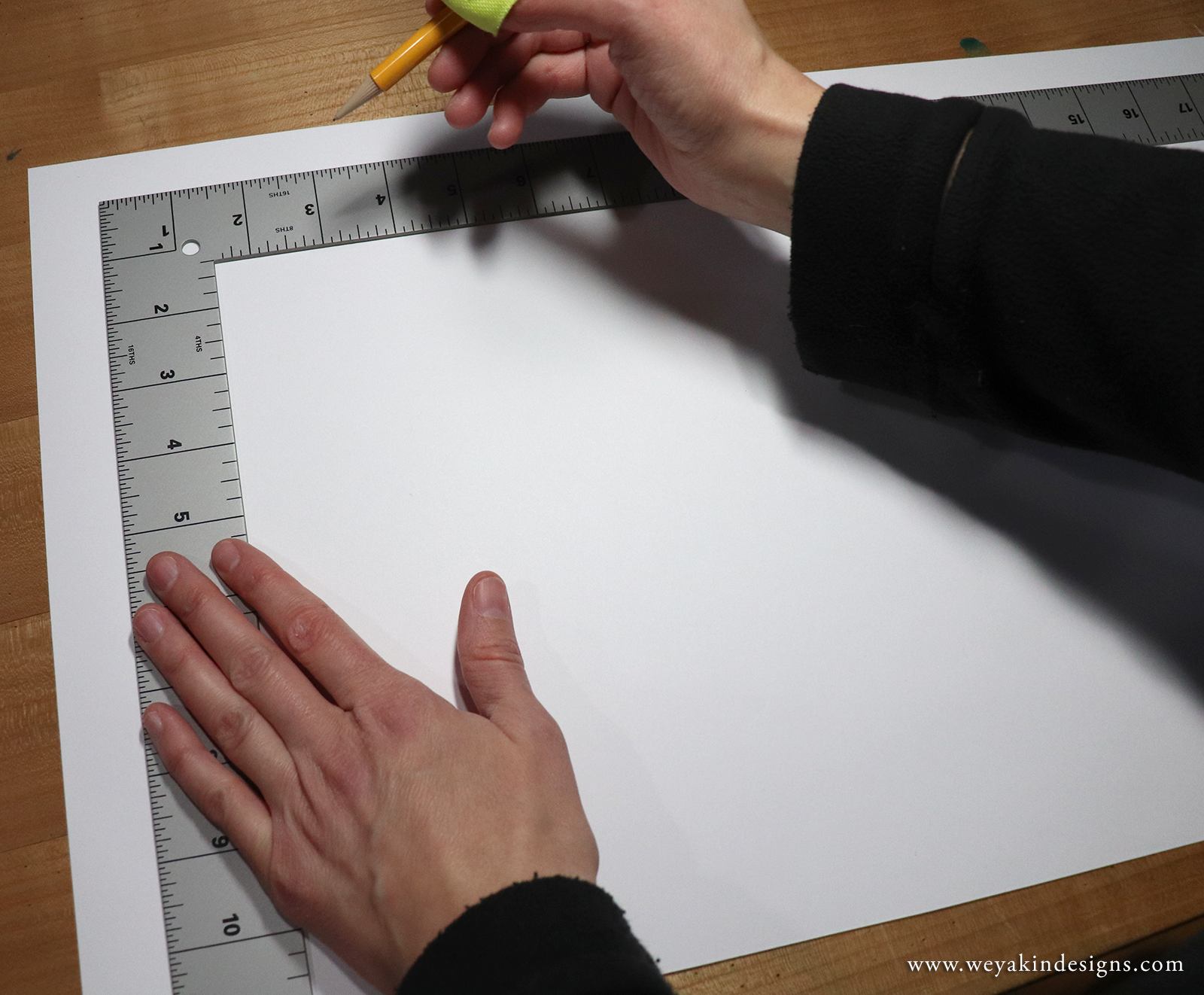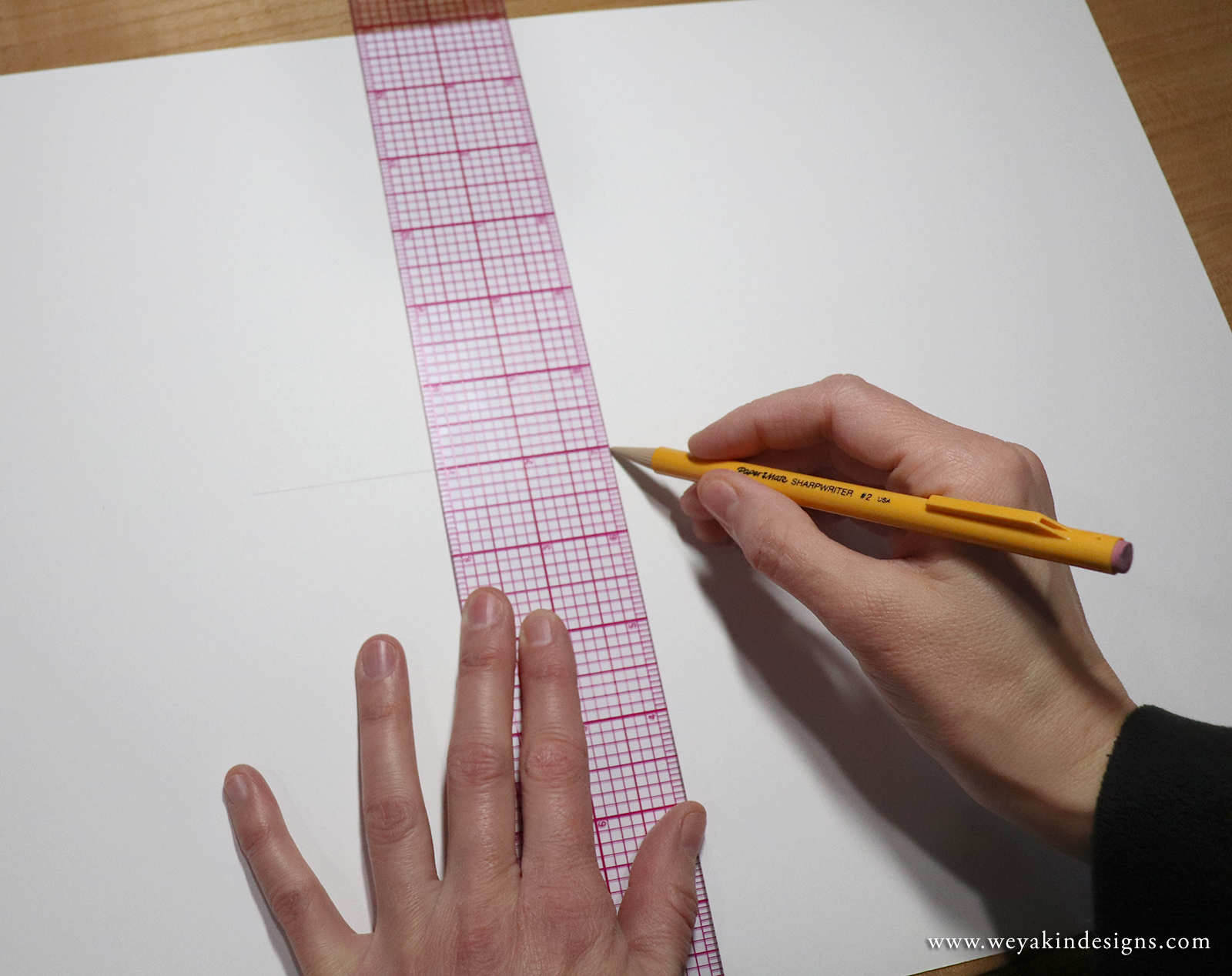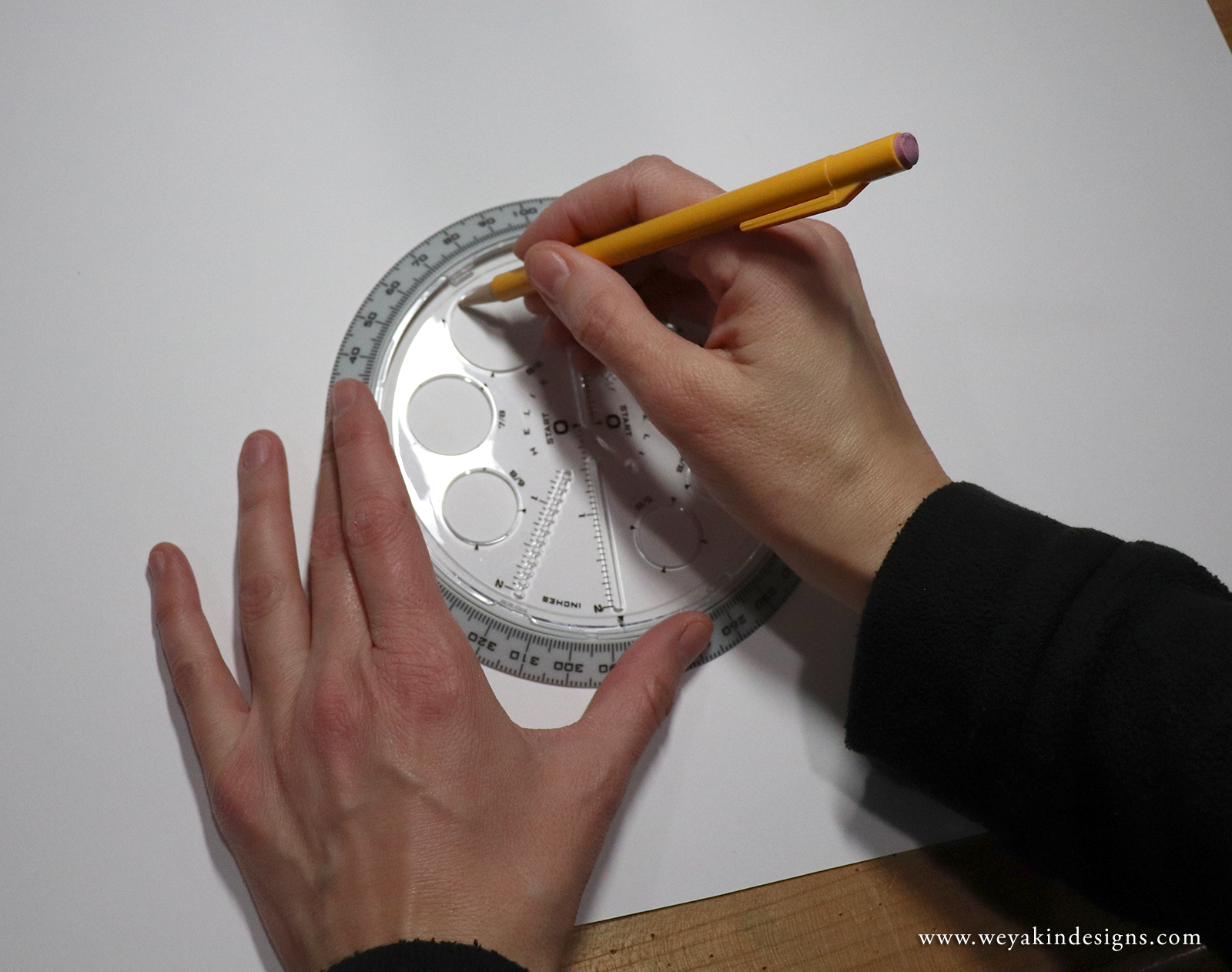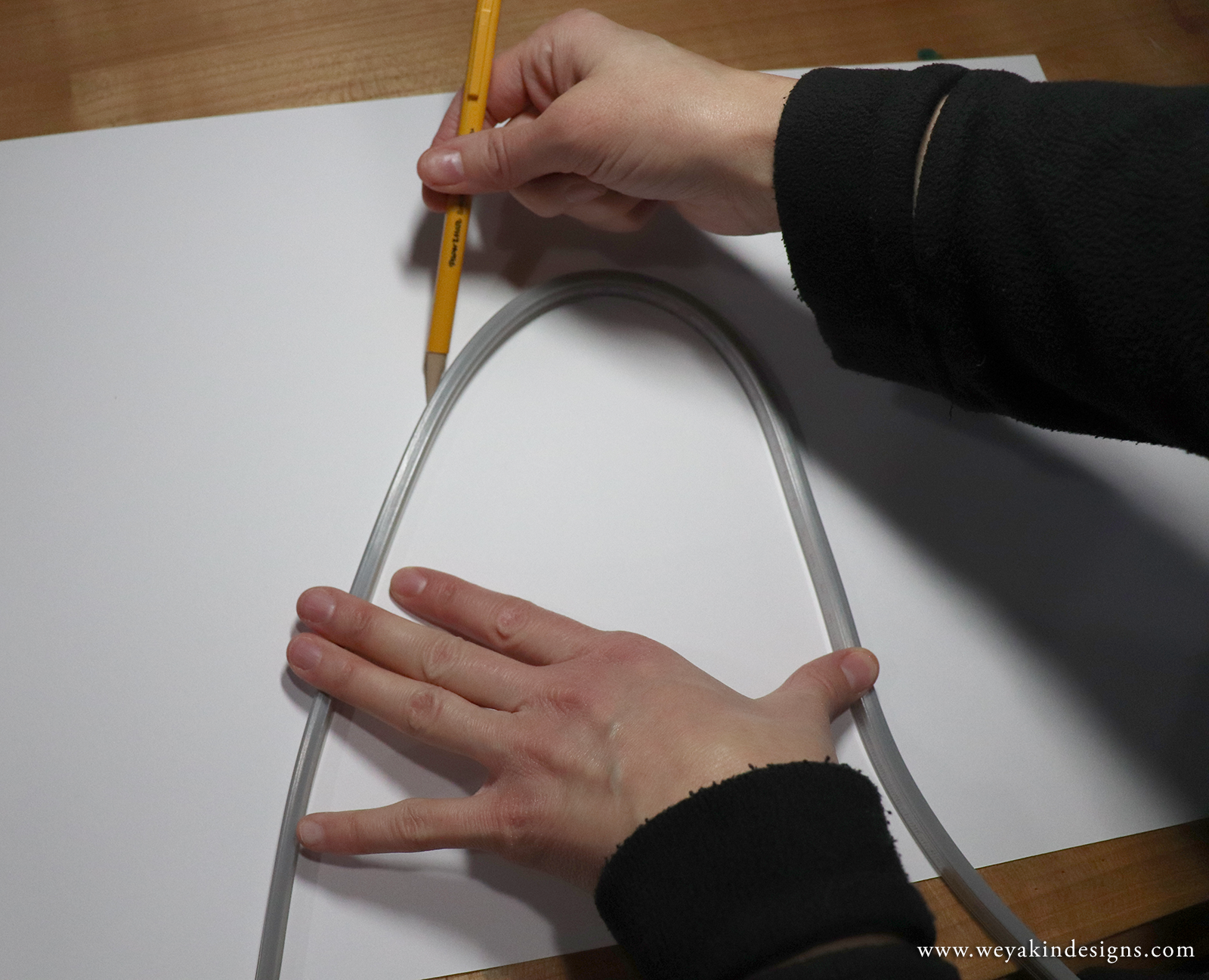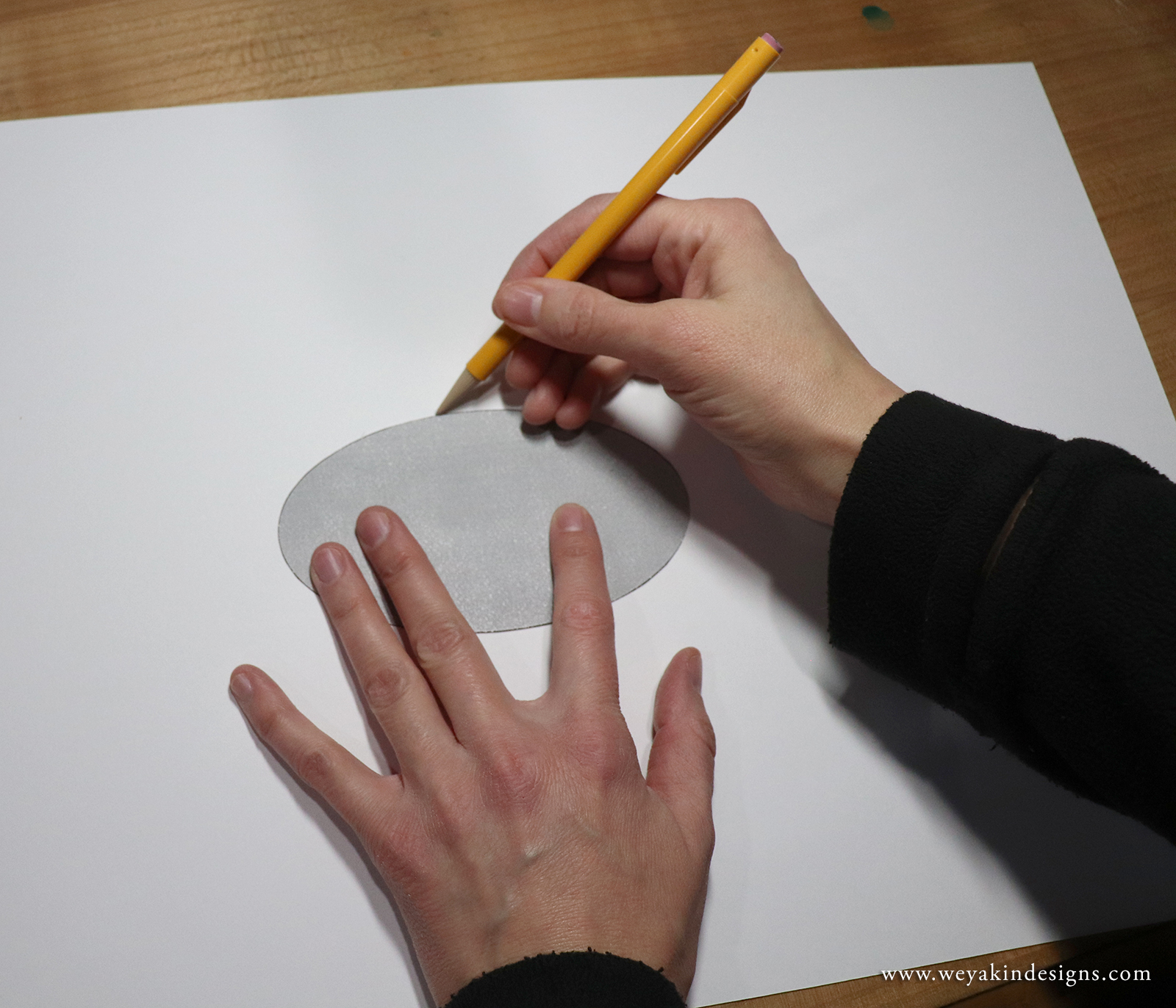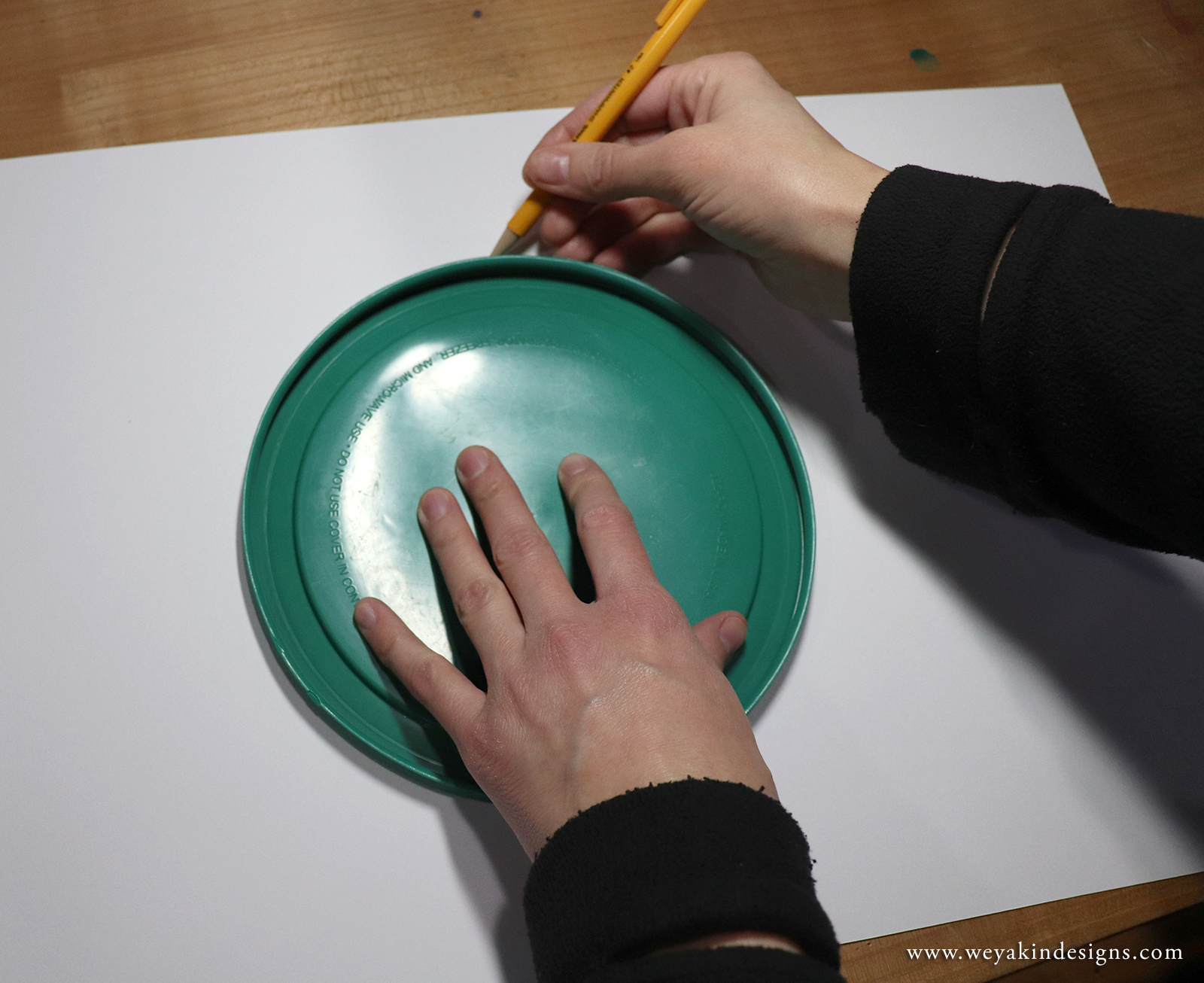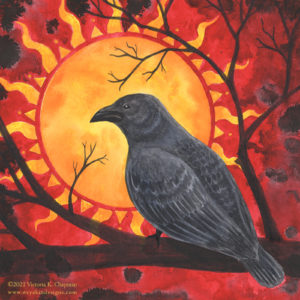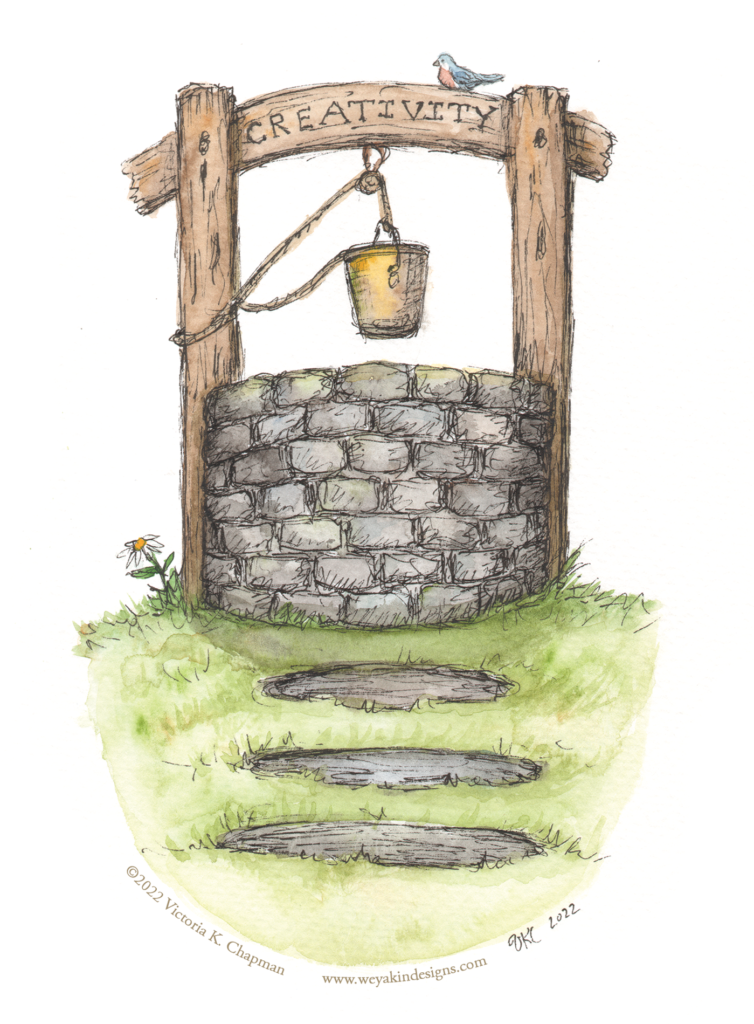KitLit Connection: Getting to Know Author-Illustrator, Kaz Windness
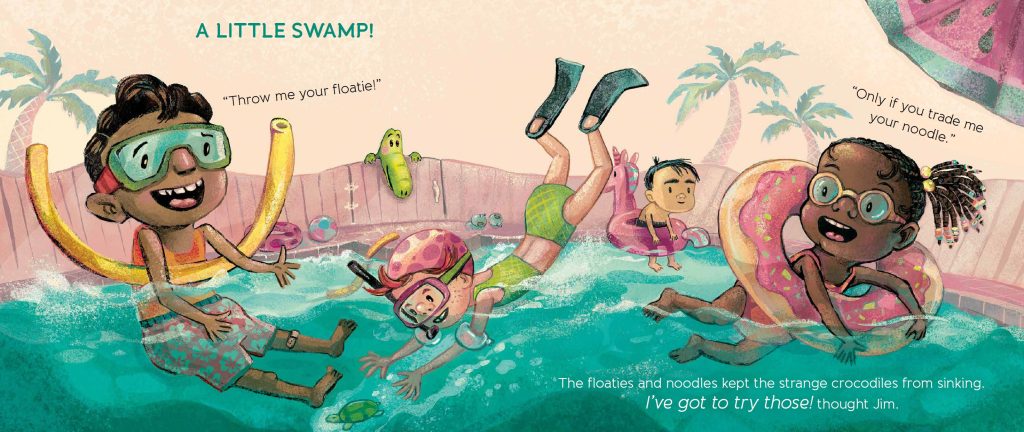
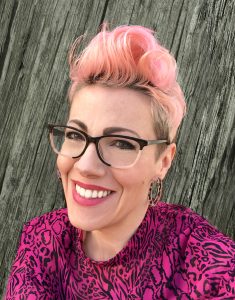
I’m so excited to introduce the next illustrator in the KidLit Connection series! Kaz Windness is an author and illustrator of picture books that use both humor and heart to help kids embrace their own unique qualities. Kaz often uses animal characters to explore emotion and challenging situations that kids might encounter. Her most recently published book Swim, Jim! (Simon & Schuster/Paula Wiseman Books) features a crocodile who is afraid of the water and the creative ways he figures out how to conquer his fears. The fun and colorful illustrations and relatable story make this a favorite for many kids, including my own. Kaz is proudly queer and autistic and also uses her stories to advocate for autistic kids or anyone who might be a little bit different.
Kaz lives in Colorado with her family and graduated from the Rocky Mountain College of Art and Design (RMCAD) in 2002. She is a mentor and advocate for illustrators, having volunteered for the Rocky Mountain chapter of SCBWI for many years. She is also a professor of illustration at RMCAD.
In this interview, Kaz tells us about what inspires her, how she hopes to help kids through her work, shares a bit about her process, and about her new books coming out next year. Thank you, Kaz for sharing more about you and your wonderful work as an author and illustrator!
An Interview with Kaz Windness
We’d love to know more about you as an author and illustrator. Could you tell us about what inspires you and what you love about being a kidlit book creator?
It might be easier to tell you what doesn’t inspire me! I get inspiration from just about everything. I’ve always had an inquisitive and curious mind. I love drawing animals, so you’ll see animals in most of my work. All my characters are me in some way, so I’m always examining my childhood, my struggles, and my joy through my characters.
“Swim, Jim!” is about my fear of the water. I love that telling my stories can help kids face their own fears and also know they are not alone.
How did you first get into creating children’s book? What made you want to pursue this type of art?
I’ve wanted to be a children’s book author and illustrator since very early childhood. Even before I could write, I was telling stories with my drawings.
My mom read to me and my younger brother every day and even used illustrations cut from Scholastic Book Fair purchases to decorate our apartment.
I especially fell in love with “Where the Wild Things Are” by Maurice Sendak and I wanted to be like him when I grew up. (I’m still working on the Caldecott and the beard.)
My four-year-old son absolutely loves your latest published book that you wrote and illustrated, SWIM, JIM! Can you tell us a little more about the book and what inspired you to write it?
That makes my heart so happy! Hello to your son!
I had a bad swimming lesson experience when I was your son’s age, and never learned how to swim. When I saw a Miami Herald new article about a real crocodile swimming across a channel using a pool noodle, I immediately saw myself in that little crocodile and drew the first picture of Jim. I showed the drawing to my agent, and he said to write the story, so I did!
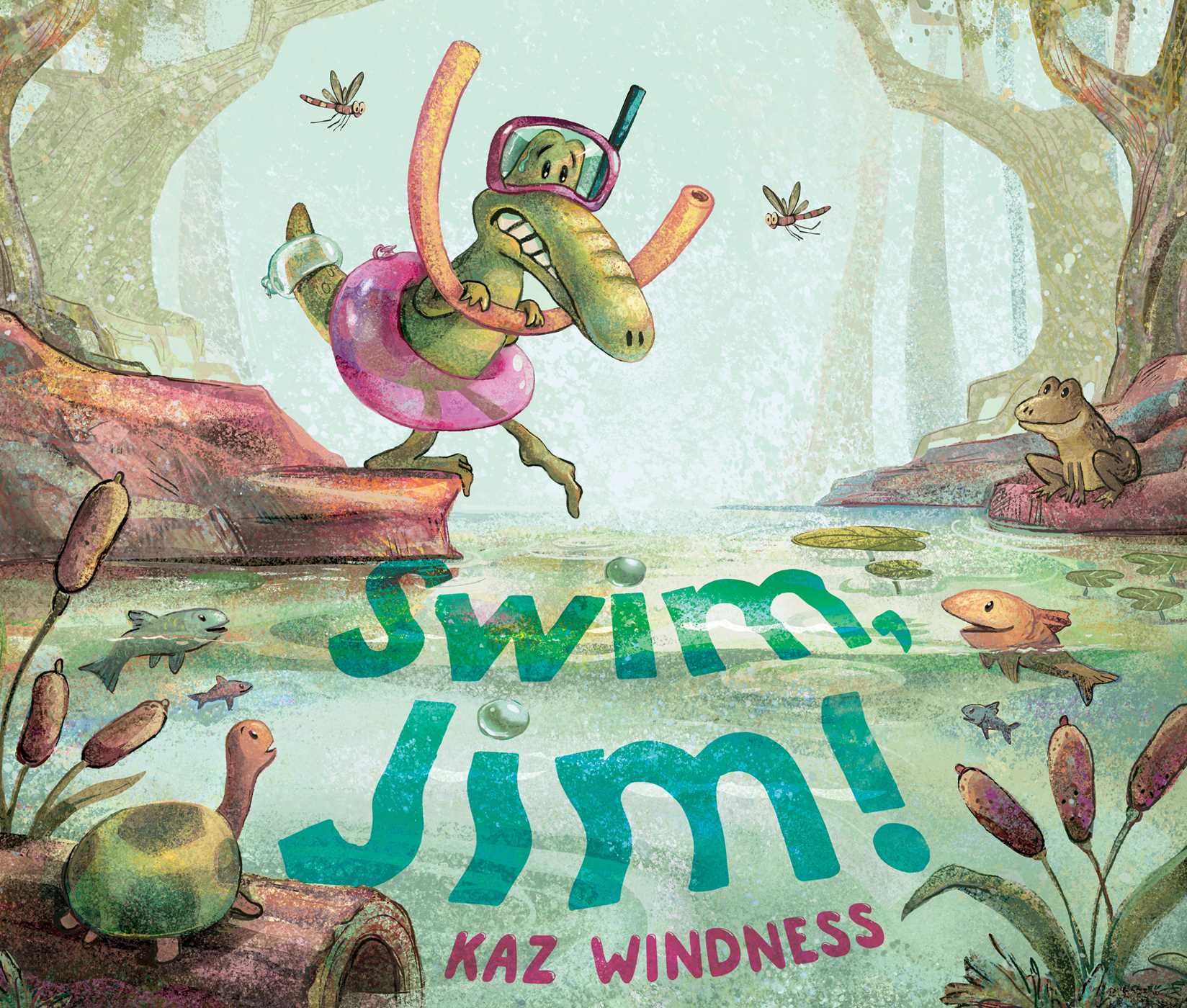
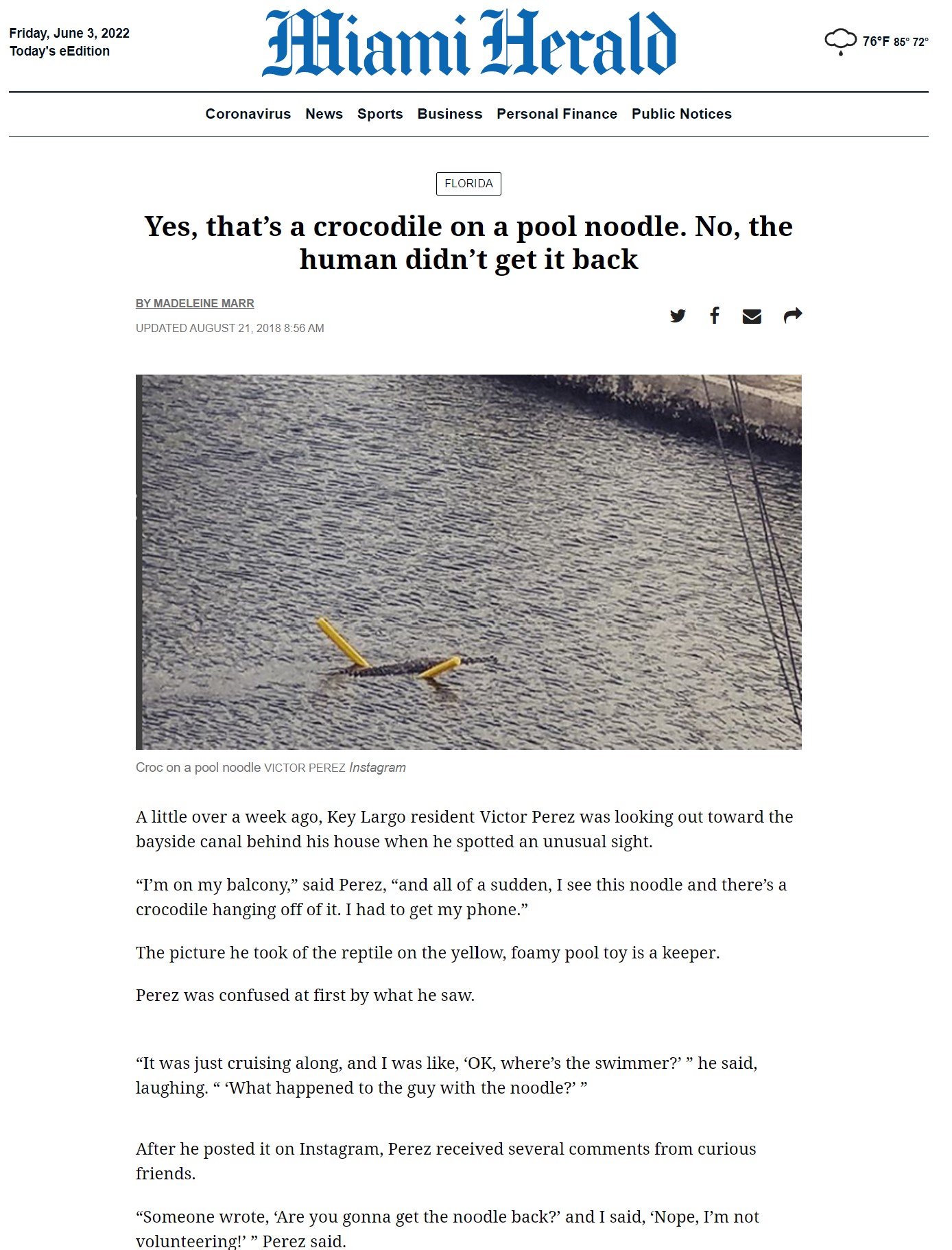
What was your favorite part about creating SWIM, JIM? And what was one of your greatest challenges in the process?
My favorite part is the fart joke. PLURP!
This was my first experience working with an editor and art director, so there were multiple learning curves. My team was WONDERFUL, but the anxiety about messing things up kept me up many nights.
One of the challenges I didn’t expect was struggling to get the color green to reproduce well. There is something called the “pea soup effect” where green likes to turn into mud when printed. I spent a lot of time fighting with green—color correcting, adding flecks of other colors to make sure it was rich and vibrant. As Kermit aptly said, “It’s not easy being green!” A book about swamps and crocodiles is full of green, but I’m beyond happy with the results.
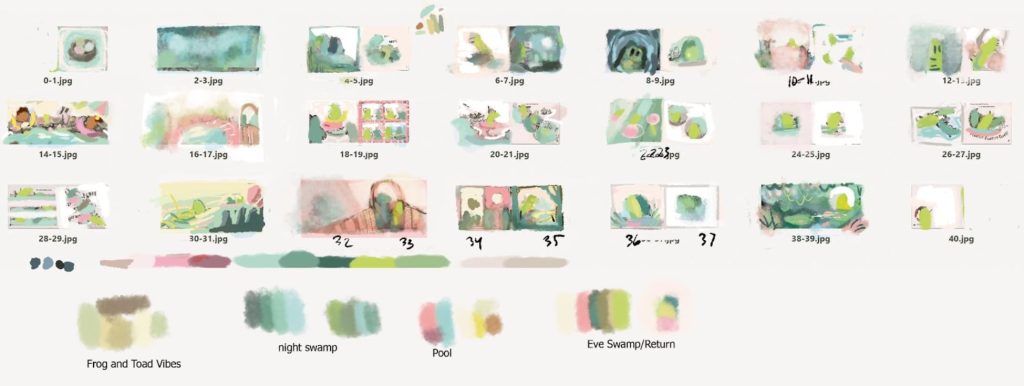
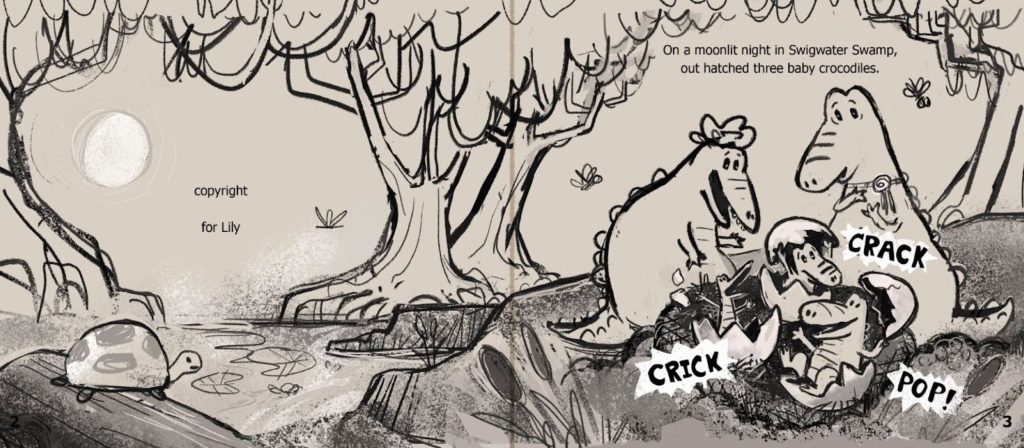
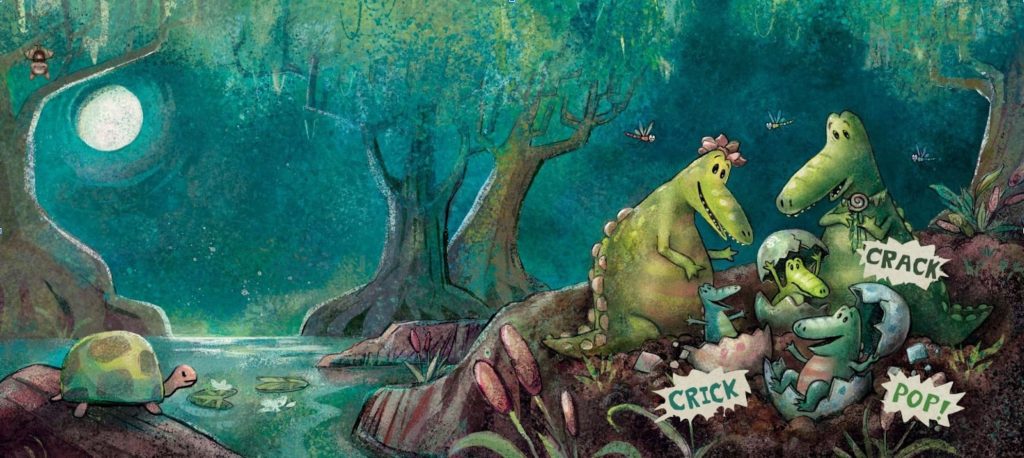
You also have two new books coming out next year, which is very exciting! Could you tell us more about those books and what they’re all about?
Sure! Thank you for asking!
WORM AND CATERPILLAR (Simon Spotlight/Jan 2023) is about a friendship that is tested when Caterpillar goes through a BIG change and Worm learns to accept Butterfly. It’s a Level 1 reader in graphic novel format, but I think that means the book will stay off the radar of groups that want to suppress the important message of acceptance.
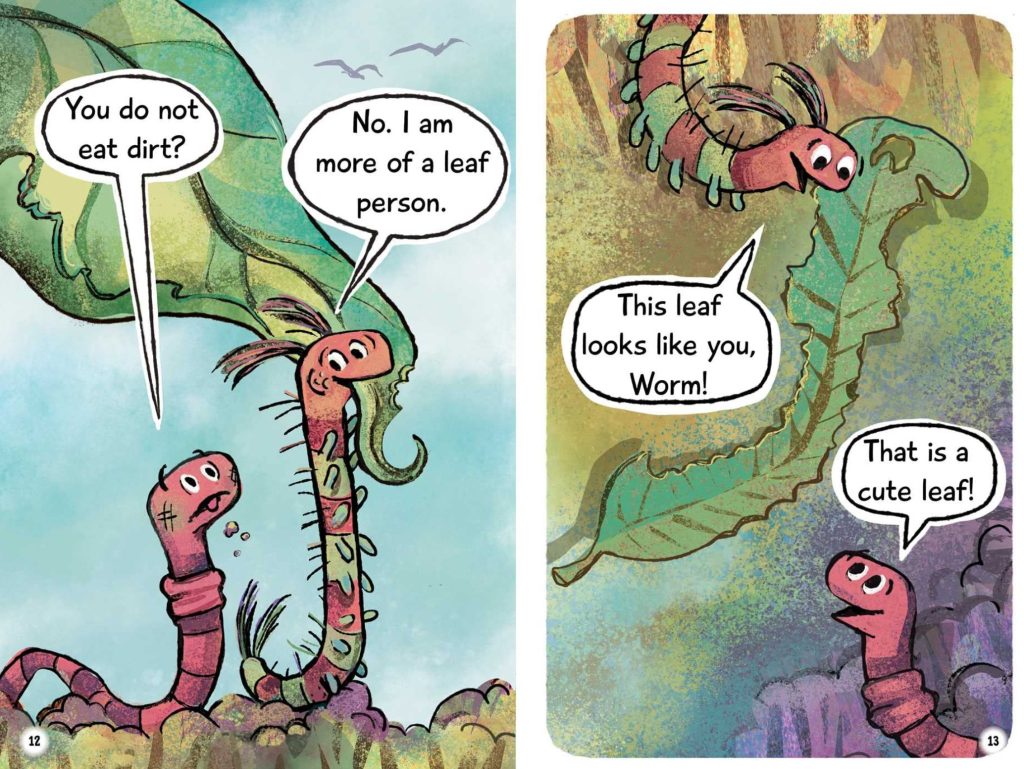
BITSY BAT, SCHOOL STAR (Simon & Schuster/Paula Wiseman Books/Summer 2023) is a “Bat to School” autism acceptance book starring a little bat whose world is turned upside down when she tries to fit in at a school for nocturnal animals. She’s the only flier and the only student who hangs from her toes, and tries to hide her differences but learns to celebrate her specialness and helps her classmates do the same.
I’m autistic and so is my oldest child, so this book has special meaning to me and I’m so grateful to my editor, Catherine Laudone, for taking a chance on the book and me, too!
You obviously have a love for animals, which is wonderful! What is your favorite animal to draw and why?
BATS! I love drawing bats. I also love drawing pugs and I’m secretly working on a book that will give me the opportunity to draw lots and lots of pugs.
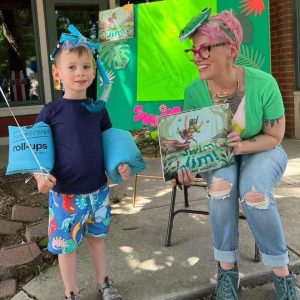
What is your biggest hope for your work as a creator of books for kids?
Having a positive impact on children and giving them the safe space to explore big feelings and have a good laugh in the process has always been my goal. My career hope is to keep on having the opportunity to create meaningful books for young readers.
What is something you’d like to tell aspiring picture book authors/illustrators?
Quit if you can! 😉 But if you can’t, your persistence will pay off. Keep going.
Get the feedback. Take the classes. Network.
I’d like to plug Cuddlefish Academy here if that’s okay. If you’re struggling to break into children’s publishing and want to take your illustration and storytelling skills to the next level, our advanced kidlit online illustration school is designed specifically for you. All of our instructors are successful children’s book authors and illustrators and college art professors. We are launching VERY soon and specialize in personalized feedback and coaching. https://linktr.ee/cuddlefishacademy
And feel free to stay in touch with me on all your favorite social media sites here: https://linktr.ee/KazWindness
My portfolio website is here: www.WindnessBooks.com
Are you a published or soon-to-be published illustrator or author/illustrator who loves creating books about nature, animals, or the environment? I’d love to chat with you for a KidLit Connection interview! Send me a message.
